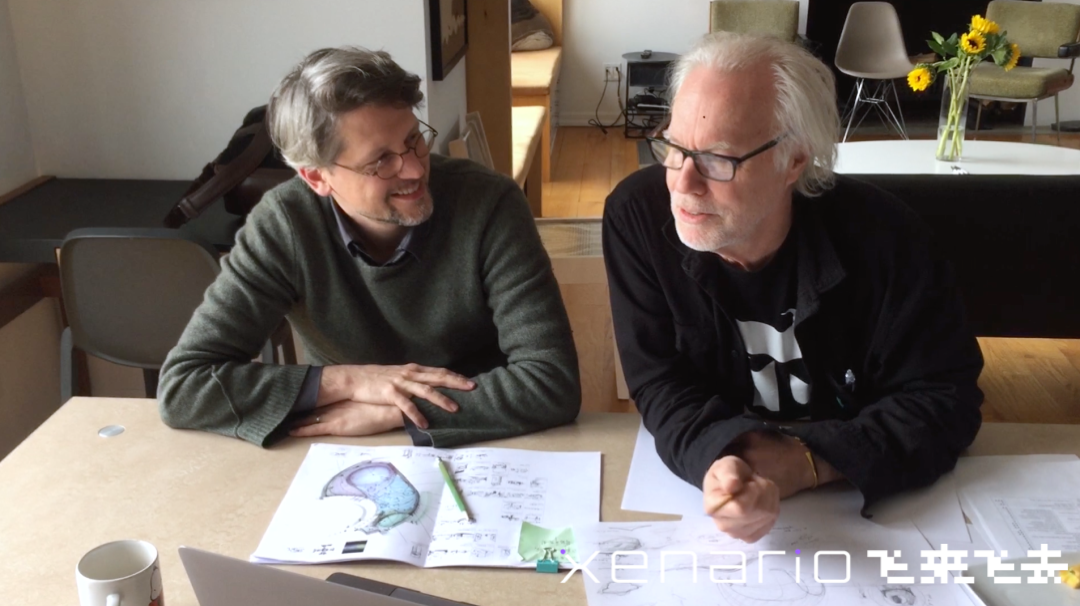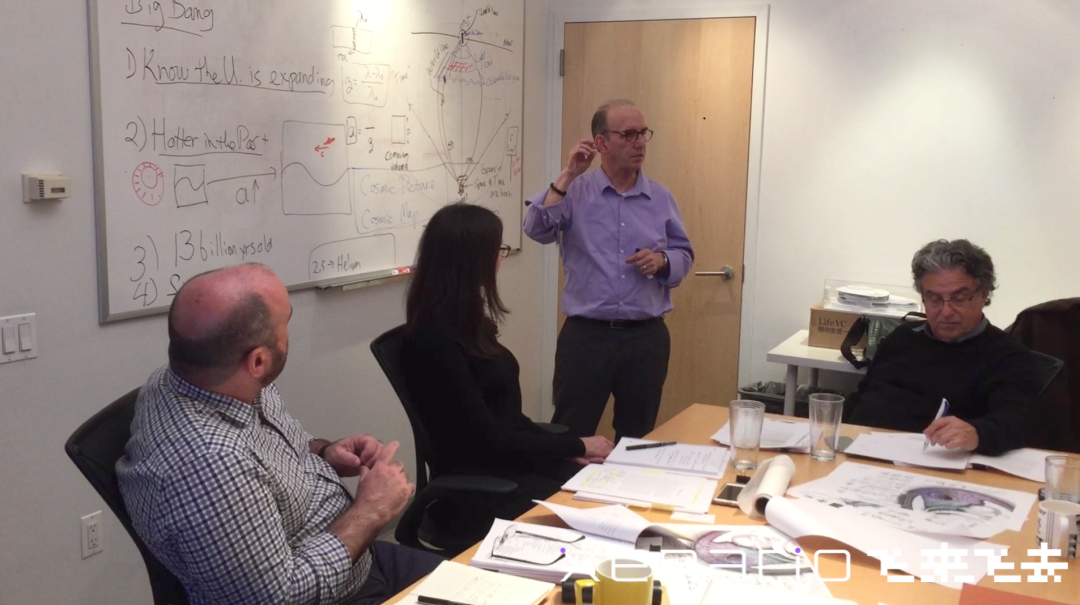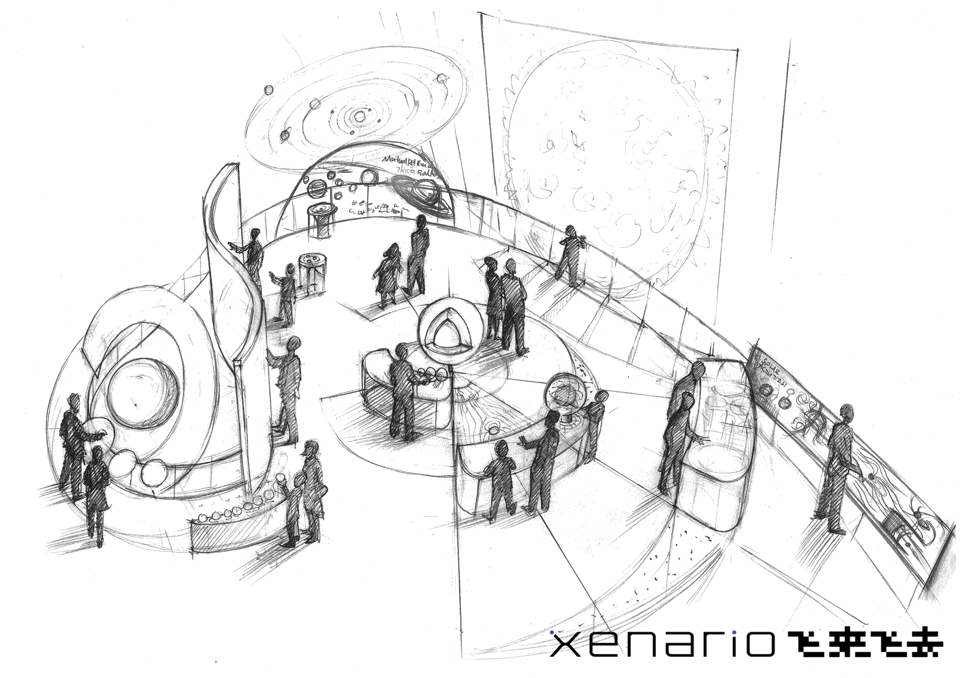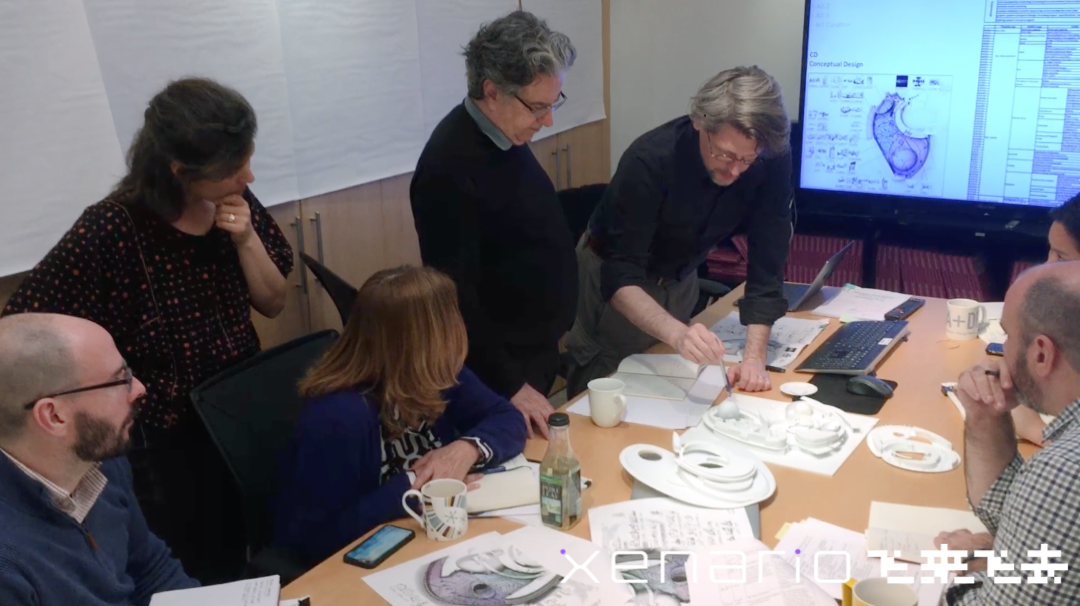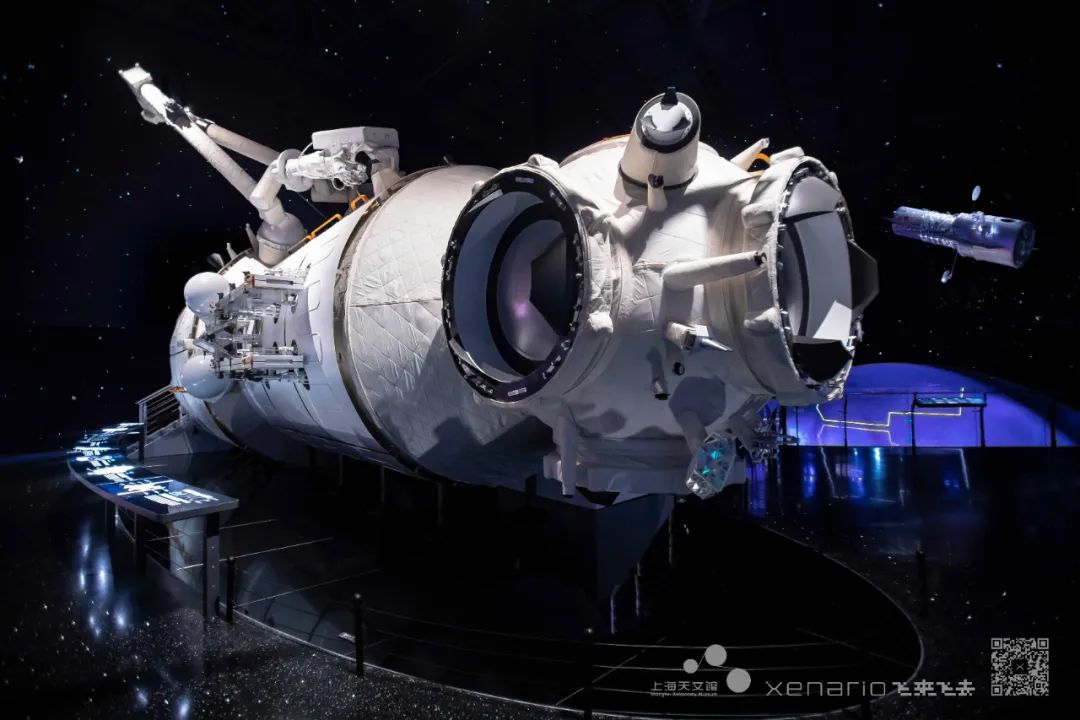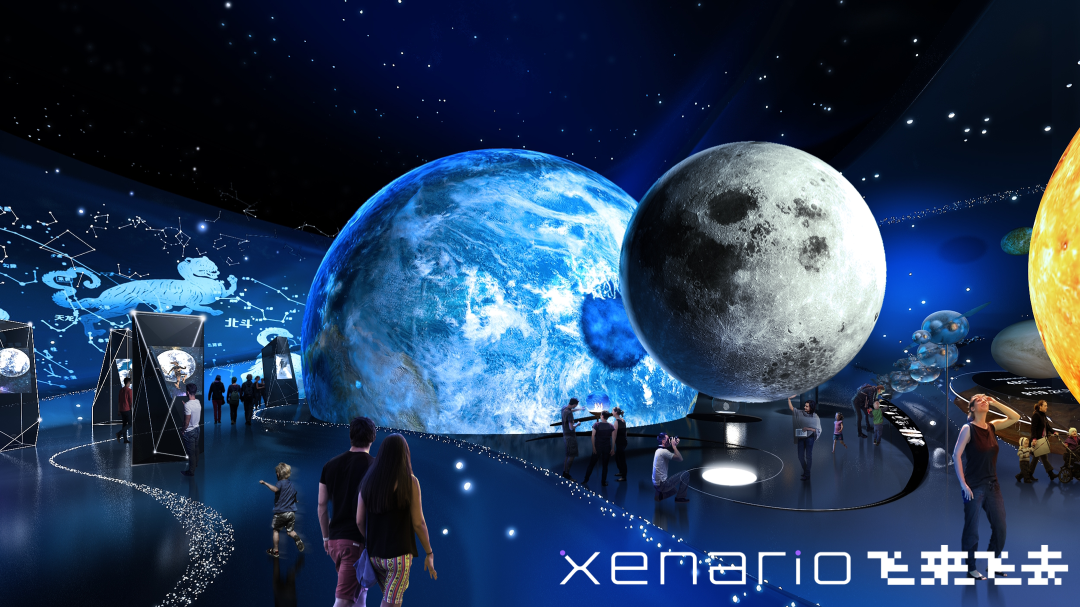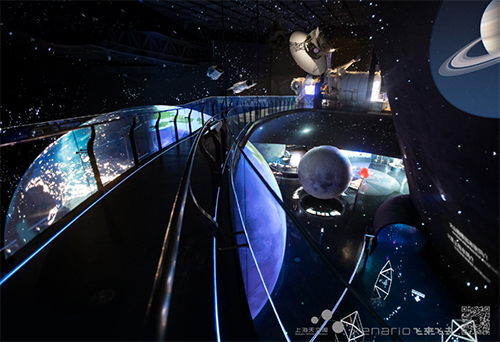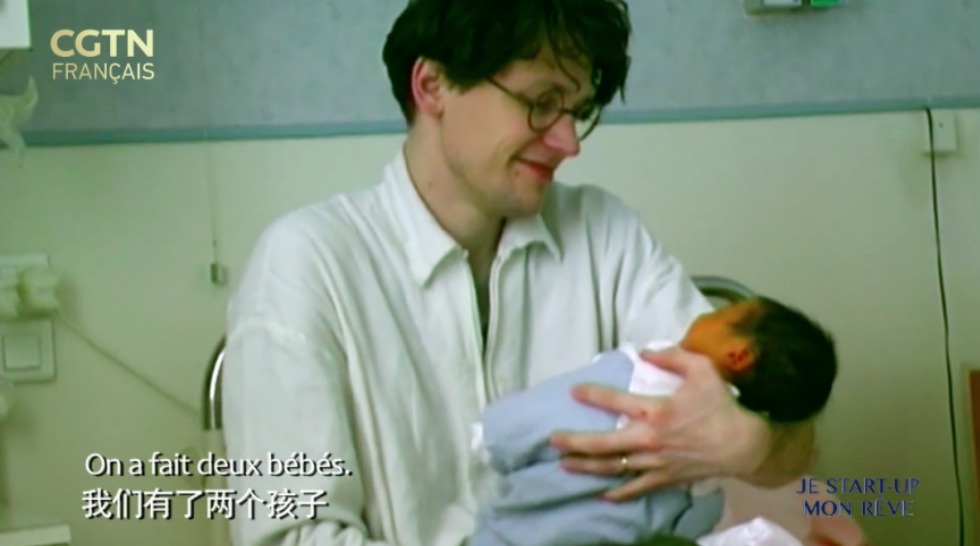In July 2021, a newly opened astronomy museum became the "new internet sensation" in Shanghai.
Astronomy is a "hard science" at a certain distance from the public's daily life, and the astronomy museum is very far from the center of Shanghai, but this does not in any way prevent the audience from being enthusiastic about it. The Shanghai Planetarium took 10 years from the idea to the official opening. We were curious as to how an astronomy museum could be so popular with audiences of all ages. What was the exciting opportunity for the designers involved, and was it accompanied by a great test of energy and perseverance?
Alexander Brandt, the chief designer of exhibition planning of Shanghai Astronomy Museum and the founder of Xenario, was interviewed by us. We took the Shanghai Astronomical Museum as a clue, during which we extended to the principles of Xenario's creation, Alexander Brandt's professional past, and his observation of China's exhibition industry after more than 20 years in China. At key points, the otherwise somewhat serious man would stand up and pace back and forth around the round table, unable to hide his excitement. Faced with our attempts to "ask for shortcuts," he also said, "You can't summarize art, you can't summarize artists, you can't summarize what it takes to be an artist, you can't summarize all that."
When dreams shine into reality
让梦想照进现实
Alexander Brandt uses the analogy of swimming in reverse to describe the design and construction process of the Shanghai Astronomy Museum. The challenge of "swimming against the grain" is multi-dimensional. On the one hand, there are few mature templates for large-scale astronomical science displays worldwide. On the other hand, Xenario aims to "create a new standard of exhibition hall and a new immersion experience", and creates a series of new standards of the best museums - the most cutting-edge technology, the most personalized experience, the most real-time science, aiming to build a first-class cutting-edge The new era of science and technology museum. For this project, an international team of expert consultants was assembled by Flying Apple in 2016 and spent eight months on pre-design;
The winning bid of the international call competition won by Xenario in October 2017.
Alexander Brandt explains that as the team archived the report each time, the final paper file consisted of 11 packages.
Since 2019, Alexander Brandt and his team have been running around the site every day, solving problems. The life of the Shanghai Astronomy Museum and the office began, and only ended with the opening of the museum this year.
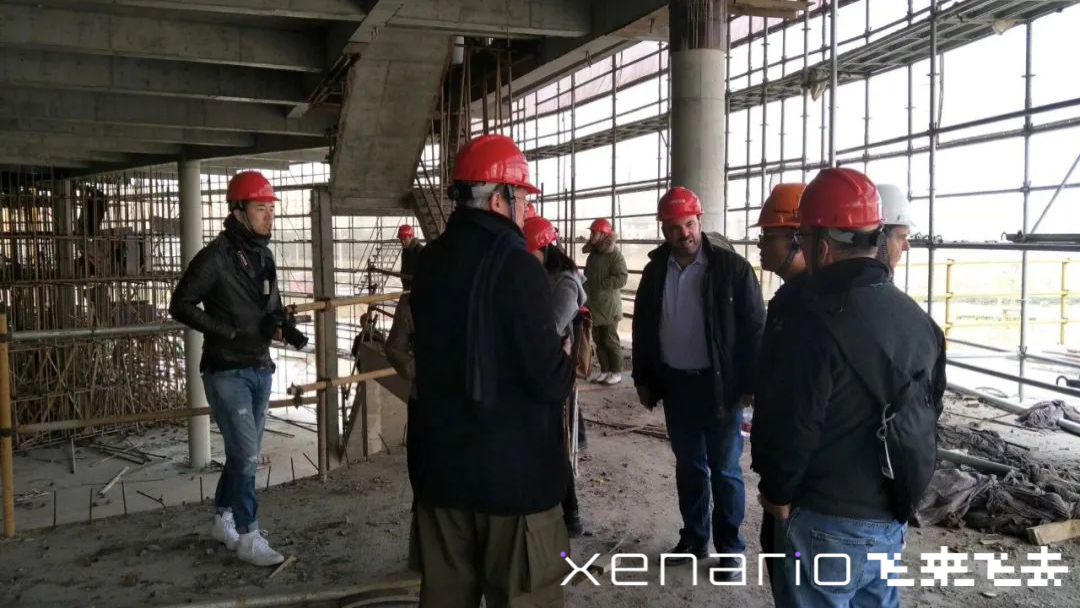
In addition to being busy, he had to keep the company running normally, so in addition to the Shanghai Planetarium, Fei Apple still had to lead the team to promote several other projects.
The "sweet" memories will be more profound in the long "suffering". When all the equipment in the Shanghai Astronomy Museum came on for the first time, he tasted the sweet taste of a dream coming true. The five-year-long "swimming in reverse" finally saw the end of the line. "The more exciting moment for me was when all the equipment was lit up for the first time in this museum. The site is still dusty and messy, and for the first time you find yourself standing in a huge pavilion of more than 10,000 square meters. All the things you had thought about suddenly came to life and became real. It was like a feeling of flying.
"Three Questions" + "Four Elements"
成就一场沉浸式太空漫游
What motivates Alexander Brandt to lead the team to persevere until the end?
"The theme of astronomy is a very special opportunity for exhibition designers. It is a field that is both philosophical, scientific, and very interesting." Alexander Brandt exclaims. Unlike some exhibitions with ready-made exhibits, the planetarium requires more originality, and with the exception of a few meteorites, everything in the exhibition hall needs to be created by the designers - and eventually it was, with more than 300 exhibits at the Shanghai Astronomy Museum, the proportion of originality was as high as 85%. And "creation" is what he finds interesting. At the same time, in his opinion, astronomy is a philosophy related to the meaning of life and to religion. It explains where we come from and makes us understand that eternity and transience, immensity and insignificance, are all "relative". From philosophical thinking, "Where are we? Where did we come from? Where are we going?" The three classical questions become the narrative thread of the Shanghai Astronomy Museum, and the three galleries of "Home", "Universe" and "Journey" are thus created.

"Home" is a deep, sprawling space where all exhibits "float" in the sky. The beautiful blue Earth is spinning, a realistically scaled moon echoes it, and asteroids and small celestial bodies are in their place, quietly running. When the audience is immersed in this "universe", the question "where are we" is naturally answered.
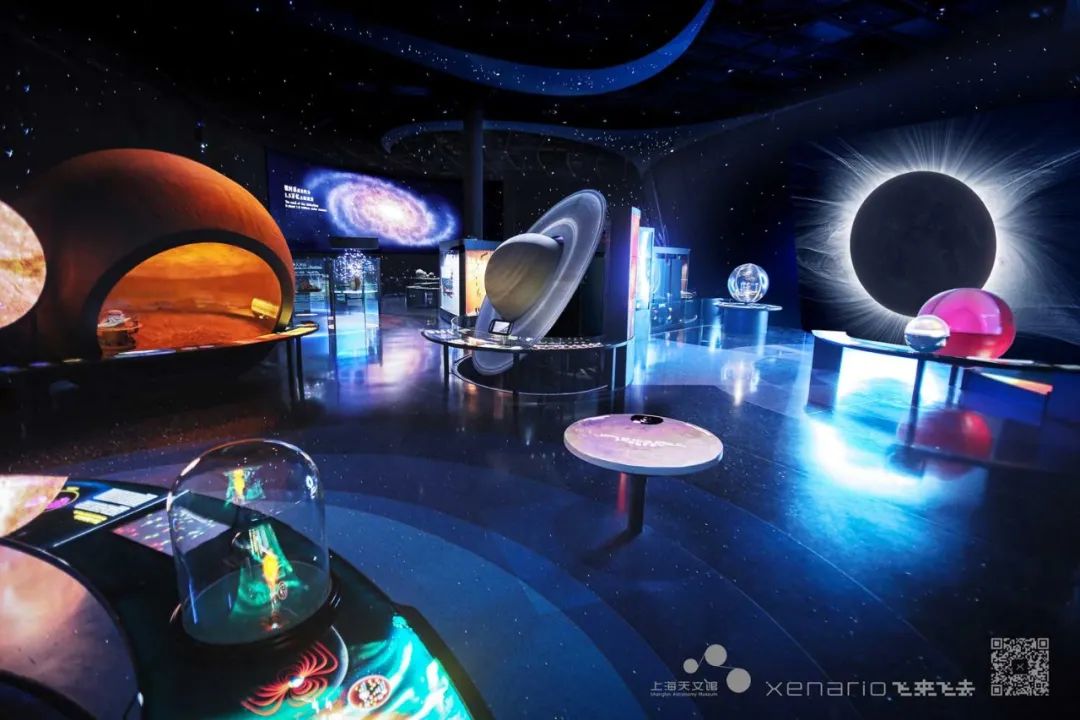
After walking out of "Home", you will come to the "Universe" exhibition hall. The exhibition hall revolves around five themes: space-time, gravity, light, elements and life, and uses a variety of high-tech means to interpret the evolution process and operation laws of the universe. Visitors can personally experience the fantasy charm of time and space distortion and wormhole traversal. Here, the mystery of the universe becomes a scene of intuitive images, a fun interaction, "where do we come from" the answer to be revealed.
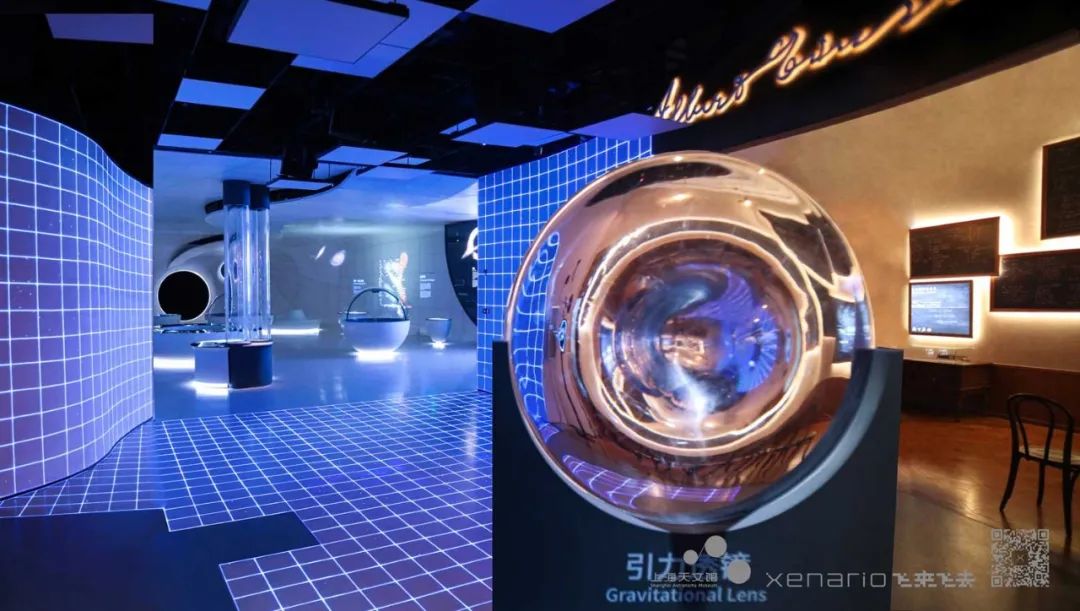
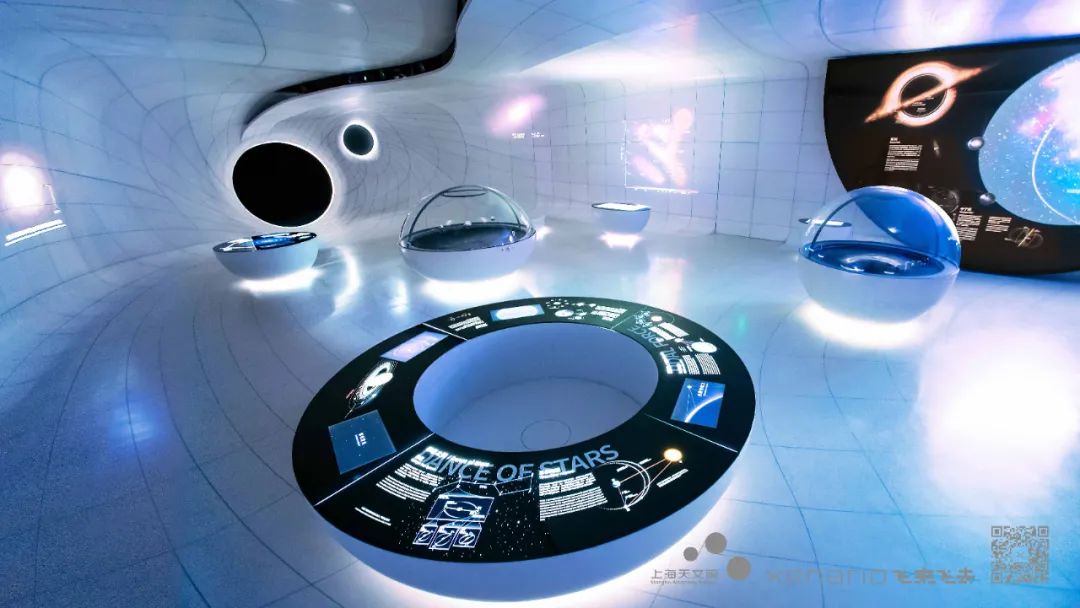
The "Star Trek" gallery, which connects the "Home" and "Universe" galleries, is like a journey back in time to the beginning of the universe. At 10:00 pm on December 31st, the 5000 years of Chinese history is the last 5 seconds of the year. The history we know is really just the last few seconds of the year." Here, he snaps his fingers - to put it another way, the long history of civilization in the central view of human history is but a swift moment for the universe.
Where are we going? The "Journey" exhibition hall gives the answer. It takes the evolving cosmology of mankind as a clue to show the journey of human exploration of the universe. Visitors can design their own vehicles, experience walking on the moon surface, and even step into the "Tianhe" to experience the life of astronauts.
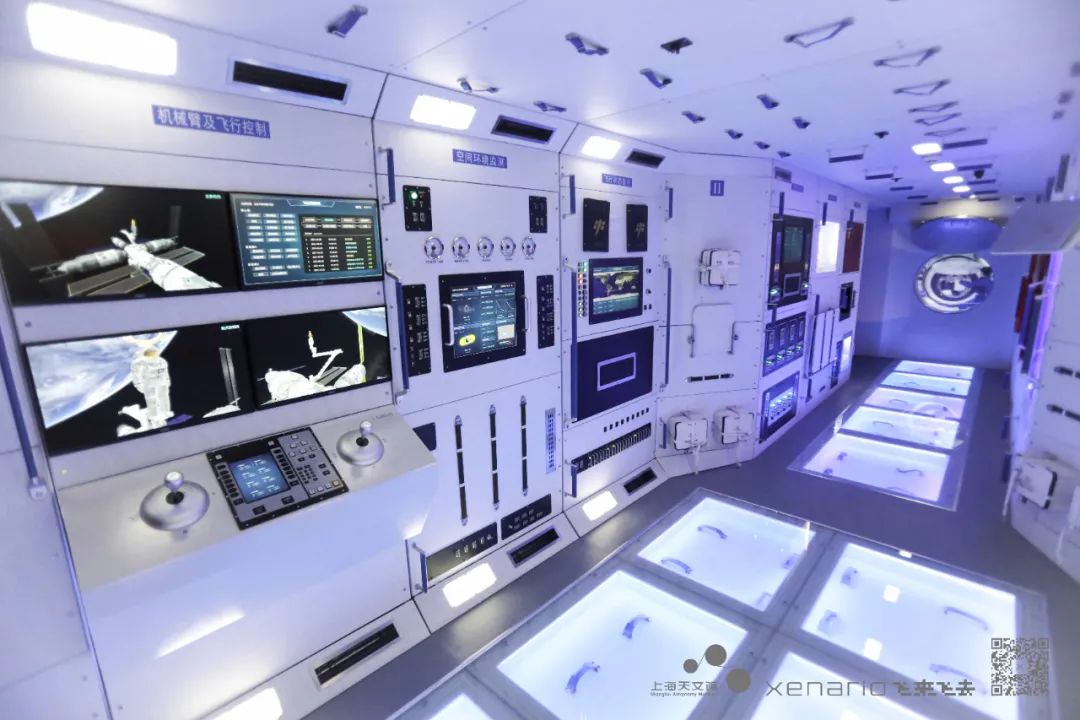
Xenario has created three "look at the Earth" moments. When we entered the "Home" exhibition hall, the Earth came into view, and this was the first time we "saw" it, giving us a more objective and personal knowledge of the Earth and its place in the universe.
After learning about the origins of life, the audience has a second look at Earth in the "Universe" gallery. At this point, looking at the planet through the round window, the bright lights in the night are a symbol of life and wonder - the only celestial body known to have life.
While standing on the catwalk outside the space station, viewers will see Earth for the third time and embark with Voyager on a journey to the depths of the universe. As the perspective of "seeing the Earth" is enlarged, one can temporarily forget the limitations of space and time in the here and now. Human curiosity and the courage to explore let us leave our home on Earth to go deeper and deeper into the universe, but looking back at it in our field of vision smaller and smaller, but let people understand more deeply the meaning of the Earth for us.
Four elements to create an "immersive experience"
"Where are we? Where did we come from? Where are we going?" Together, these questions form a "story". After all, professional astronomy concepts have a high threshold of understanding and are difficult to impress the audience. In Alexander Brandt's words, a story is like a "chain for hanging clothes". "If I cut off the 'chains', you can't remember what they are called." It is worth mentioning that the four elements of storytelling, space, media and interaction contribute to each other, which is Xenario's philosophy of exhibition design. From this, we can also see that Alexander Brandt has his own criteria for what is a good exhibition. In order to explain "space", he compares a Buddhist temple with a church: the former focuses on the combination of interior and exterior, architecture and light, and trees, permeating the concept of harmonious coexistence between nature and people, while the latter is towering, narrow and deep inside, and focuses on conveying the yearning for heaven. In short, space is "an experience, a space of knowledge created through a physical combination". What is media? The media is the intermediary to deliver the content, the atmosphere of the space and the content of the story are delivered to the audience through the media; as for the interaction, it is to "give the audience a chance to participate" and make them interested in the content that the organizer wants to convey.

In his explanation, he also cited some other exhibitions. They have the four elements - a well-decorated exhibition hall, a "preamble board" for storytelling, a TV as a media showing short films, and a touch screen for interaction. We are probably no strangers to such exhibitions. However, the problem is that there is no clear thread running through the information, and there is also a lack of consideration for the reading difficulty and interest of different audiences; the form of media and interaction is greater than the content, which makes the audience be the audience and the exhibits be the exhibits, and the relationship between the two cannot go beyond the mechanical "see" and "be seen". The relationship between the two cannot go beyond the mechanical "seeing" and "being seen", and cannot break the boundary between objects and people, mobilizing the senses and thinking. Thus, a few photos prove that one has "been there", and rarely talk about long-lasting inspiration or profound experience. At a time when words like "immersion" and "ambience" are proliferating, he gives another interpretation of "immersive experience".
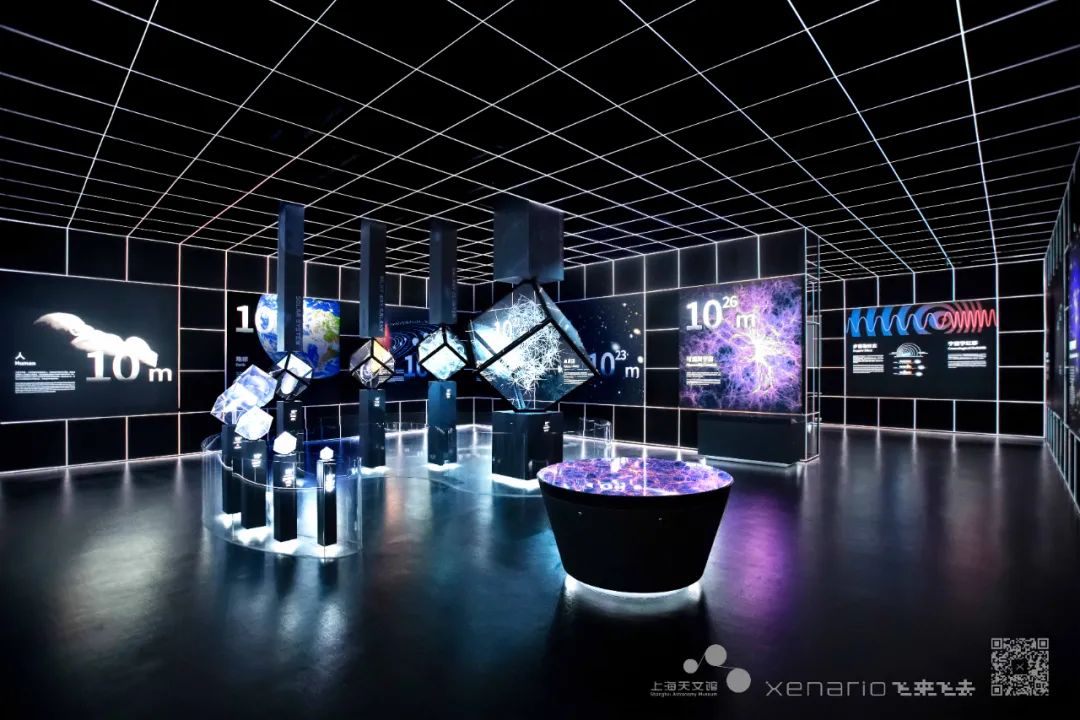
The Shanghai Astronomy Museum "flew away"
Today, the Shanghai Astronomy Museum is widely acclaimed, which gives him great pleasure, but also gives him a special feeling. He describes his "post-creative period" as a complex state of mind: "It's a strange feeling, a bit like I gave birth to a daughter. I put a lot of effort into raising my daughter: I encouraged her to be independent, sent her to America, and then she flew away like a little bird. It's the same with the Astronomy Museum. It has its own thing going on now, it has a life of its own. I hear good or bad news about it occasionally, but there are a million other jobs to do. It flew away, too.
From art to exhibition, it is going to the public and sticking to what you love
是走向大众,也是坚持所爱
Before founding Xenario, Alexander Brandt was known as an artist. The path of an artist is often unusual, and he was no exception: in high school, he worked on magazines, events, short films, supermarkets, learned to program at the age of 15, and worked in an advertising agency for more than a year before going to university. At the age of 22, he entered the University of Fine Arts in Paris, one of the leading art schools in France. If "every step counts", he also found that "all this previous experience was put to use" when he officially started his artistic journey. Shortly after graduating from university, he moved to China. At that time, the art environment in France had matured, leaving limited room for newcomers to develop their skills, while China was still a "virgin land" for contemporary art. Like a pioneering western cowboy, he was lured by the magic of "opening up a new world" and came to Shanghai. In 1999, he co-curated the exhibition Supermarket with Xu Zhen and Yang Zhenzhong, which is still known as one of the most influential exhibitions of Chinese contemporary art since its emergence.
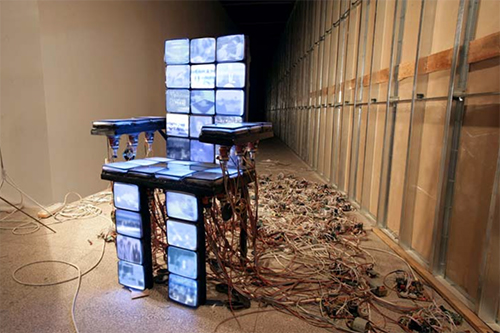
Create your own "Utopia"
The term "neo-utopianism" has been an inescapable part of Alexander Brandt's artistic career. With this theme, he has held a series of exhibitions and initiated related behavioral research. When we asked about the connotation of this concept, he talked to us about a teenager's thoughts on the meaning of life.
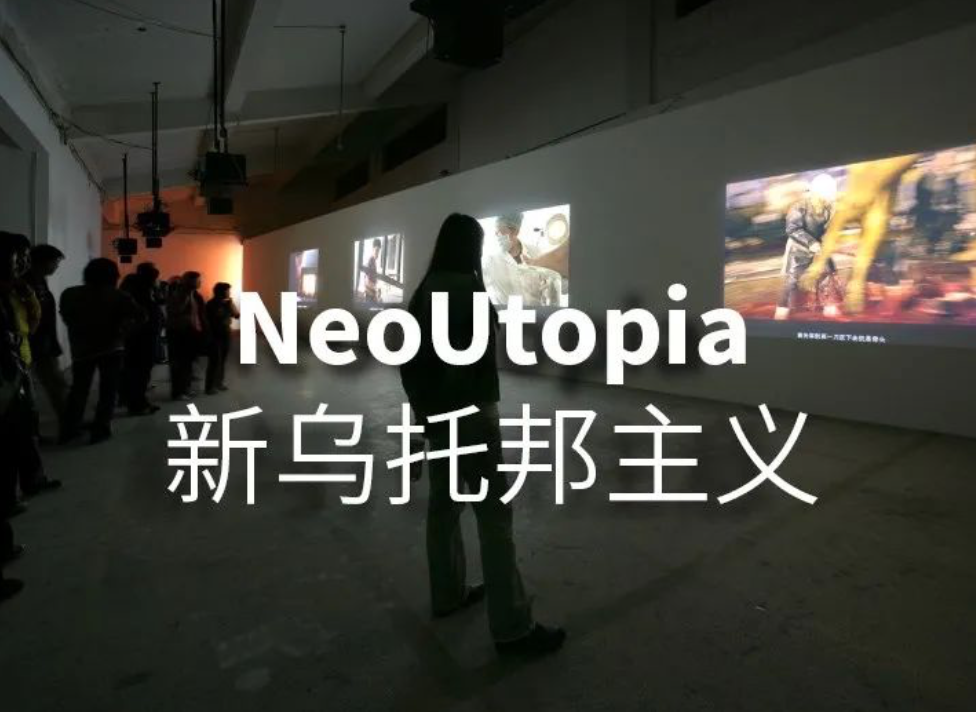
He grew up in a family that was critical of religion, but religious, and the atmosphere in the home was always lively with religious discussions. But growing up, at the age of 16, he realized something was wrong. He found that a strong belief in religion was really a way for people to avoid some essential questions: "You don't want to carry your own weight, so find a crutch because you're too lazy to think about it." He began to turn to evolution, believing that it could explain everything, but even this powerful theory could not answer his question about "existence. "I can't use evolution as a reason for life, so why do I get up in the morning? Why do I attend school, why don't I steal, just because I am afraid of its consequences, or of death? In the midst of the existential crisis, a "new utopianism" takes shape. It is based on a somewhat nebulous assumption: "All the values you think exist don't exist". On top of this pessimistic undercurrent, "neo-utopianism" calls for active exploration and creation, "You have to create your own utopian ideal." So, how to judge whether a utopia is "good" or not? The key is not whether it is highbrow or not, whether it can bring great material rewards, but whether it can bring you personalized meaning. In his words, "The reason you get up every day is because you want to." He uses his own mother as an example. Caring for the terminally ill and allowing them to leave with dignity is the utopia of motherhood. Despite the low pay and social status of a caregiver, the job became her spiritual resting place, making her willing to leave early and come home late every day, caring for others. "Don't ask people to approve of your utopia. Everyone has the right to realize their own utopia."
Conveying knowledge for the public
A review of his artworks and exhibitions shows that he has a clear concern for the public, for the "common man. In fact, his subsequent career change was also related to this concern. When Shanghai, like Paris, "had more galleries than artists," his interests began to shift. He found that the exhibition industry, with its broader audience and direct access to the public, could bring him more excitement. "I don't want me, as a creator, to just create for a very narrow social group: from art teachers and art students, to collectors and auctioneers, which is this very small group of people. I want to make a communication of knowledge to the general public, (whether it's) a child or a courier, a doctor or an artist, where they can really learn something. But whether it's the extensive experimentation in high school, the multi-dimensional sensory design that was integrated during the art-making phase, or the emphasis on the combination of the four elements in the exhibition today, his love of "combination" has not changed. He says, "For me, it's not about what I do first, what I do second, or why I change careers. I've always done the same thing, and I haven't changed careers. I've always loved putting things together in various fields."
A company that is primarily creative and wants to make exhibitions that change the audience
旨在做出能改变观众的展览
Alexander Brandt is very demanding when it comes to projects. Not only does he value a standardized cooperation process, but he also wants his clients to be "ambitious". In his opinion, Xenario's core competency is to give clients a "tailor-made, deeply researched creative experience." It is because of the high demand that some employees leave soon after joining the company, because this professional hurdle is often harder for him than for the client - a typical situation is that an employee thinks he can send a proposal to the client after three revisions, because "the client can't understand it anyway", but he insists to "make this thing perfect." As a result, the employees who remain with the company today are more or less idealistic. "Our company is all about creativity, because I am a founder who comes from an artistic background, and this corporate culture cannot be changed."
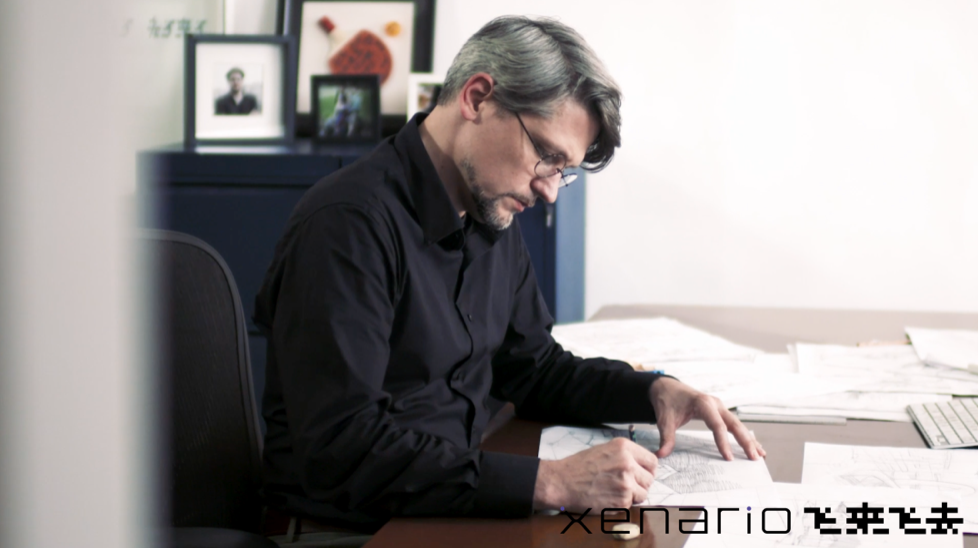
There is a rule at Xenario: you can't look at reference charts when designing. "If I see anyone looking at a reference chart, I'll arrest them!" , he said jokingly. He believes that relying on reference diagrams not only limits thinking, but also doesn't exactly match the needs of the client. A peer once asked him, "Where do you find reference charts, and is there a special channel? He pointed to his brain, "It's thought up here." In addition to not looking at reference drawings, Xenario also insists on "hand-drawn design rules". In his opinion, the process of hand-drawing the ideas in his head is an efficient way to explore and clarify his thoughts.
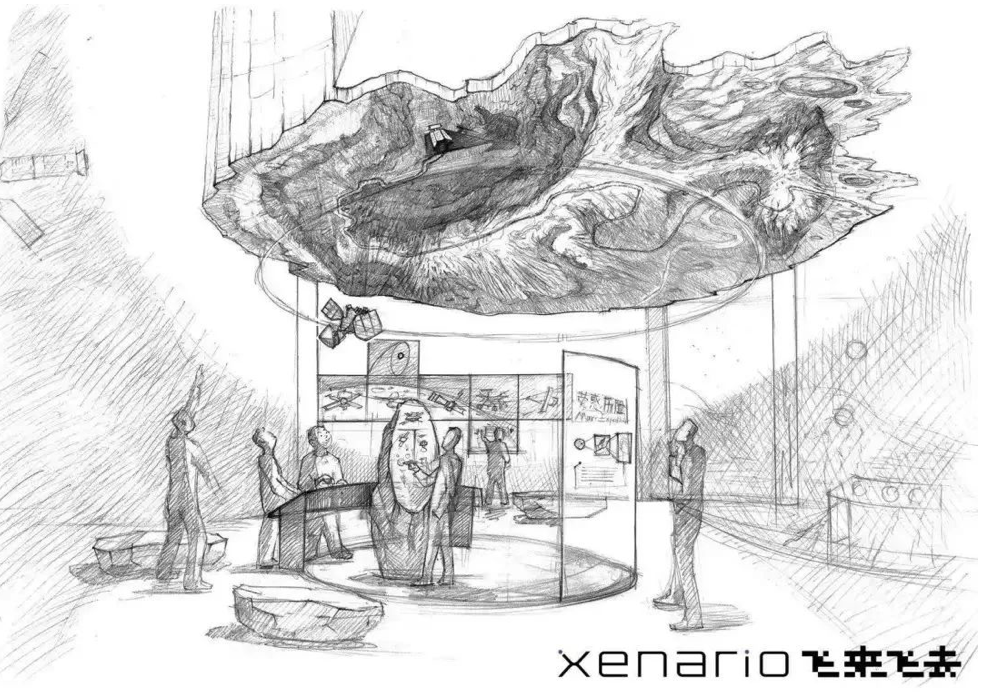


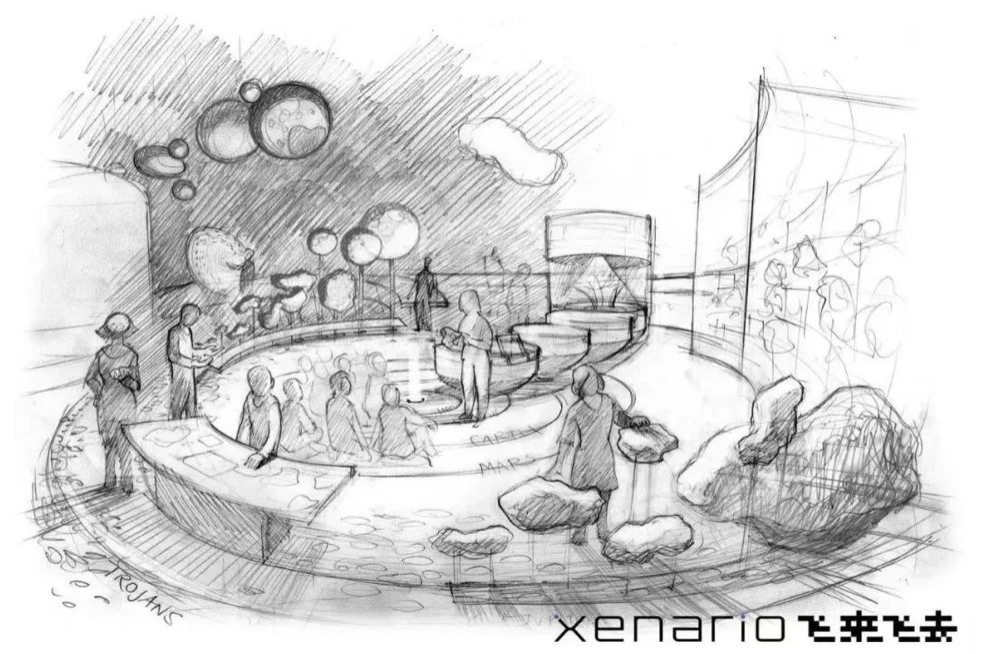
After talking about the specific principles of the work, we stopped by to try to understand Xenario's design philosophy, but Alexander Brandt answered surprisingly: "No". In this question, he put aside the artist's sense of self and desire for independent expression, which is uncommon but professional - "We are not artists, we are a service industry. If we have a design philosophy, it is to appreciate the needs of the A-side to the greatest extent."
The exhibition with life can change the audience
In recent years, there have been more and more art exhibitions in China, and there are many online exhibitions that are easy to "film". Alexander Brandt doesn't think much of exhibitions that are all about "sound and light", but some of them have no theme and no artist, and at most provide a set for the audience to take pictures. In his opinion, an excellent exhibition can be viewed shallowly to see the wonderful exhibits intuitively; it can also be viewed deeply to get an experience similar to being impressed after reading in depth. Further, Alexander Brandt believes that an exhibition with vitality is one that can change the audience. "We hope that an exhibition is finally made so that everyone divides their life into two stages: before seeing it and after seeing it. Do that and the pavilion is alive. It can bring changes to other people's lives. If you just take a picture, Meitu Xiu Xiu, and send it off, it's like a meal, it's gone when it's over. Talking about the changes in China's exhibition environment, Fei Apple felt a lot of emotions. He recalls that in the 1990s, many audiences did not understand and could hardly appreciate contemporary art, but now, the depth of knowledge and the attitude of the general public have changed quite a bit, "In general, the level of the audience has improved a lot."
Postscript
Writer Mark Kramer once said that no matter what the story is, the writer must find a way to "get to the people," and that it is important for the interviewer to "build an informal understanding of the interviewee after a day of interviewing. Alexander Brandt's "formal understanding" is easy to obtain from various reports: as one of the leading new media artists in China, he is also the chief designer of the U.S. Space Science and Technology Museum, the Grand Canal Museum of China, the Microsoft Center Exhibition Hall, the Shanghai Center's Peak Exhibition Hall, and the new media director of the China National Pavilion at the World Expo. art director of the China National Pavilion at the World Expo. He has accompanied this country and experienced the development of the exhibition design industry from scratch. The "informal understanding" of him comes from some "straightforward moments" in the interview - we asked: How do you keep your artistic information intake when you are so busy? He replied: That's a good question. There is no solution to this problem yet. Regarding the teamLab exhibition, which has been a big hit in China in recent years, he said bluntly: It is very successful, but not what we want to do. Speaking about the comfortable application of technology in the exhibition, he said, "I like it, or I am naturally better at doing it." The words exit and he immediately corrects himself with a wave of his hand. "What do you mean by natural? There is no natural. I was nurtured by my parents and teachers to develop such a point of interest." Talking about the unrecognized social contribution of caregivers, he said that it is very problematic that many of the jobs women do, like mothers and nurses, are not respected in society. It is the "branches" in these conversations that give us a sense of his personality and character. If we summarize him with the words "three views are correct", "transparent" and "true", it may be a bit superficial. As an artist, he is not arrogant, but rather calm and rigorous; his insight into society is keen, coupled with his strong ability to learn, open-mindedness and willingness to constantly challenge himself, making him already integrated into the local Chinese context.
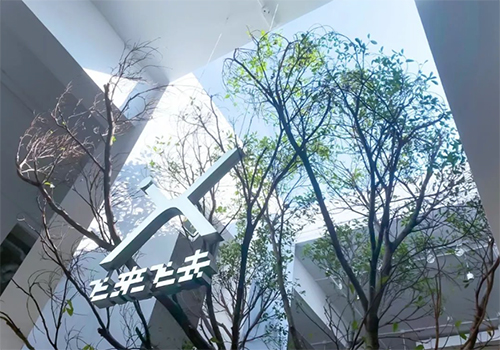
At Xenario's headquarters in Shanghai, a tree can be seen at the entrance. Despite being transplanted indoors, it is growing well through the glass roof, and its branches reach far out in the freedom of its surroundings, despite the restrictions of steel and concrete. This is like a metaphor: no matter where you live, people and things that have vitality can always find space and thrive.
 2025.1.21
2025.1.21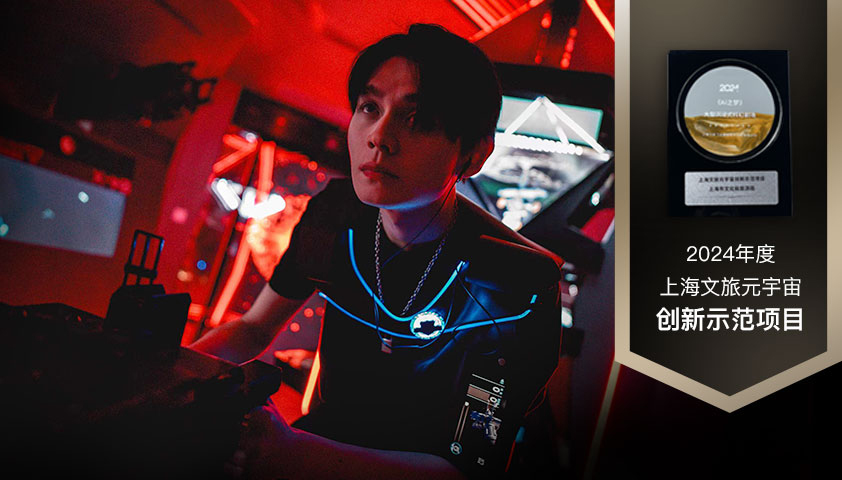 2024.11.22
2024.11.22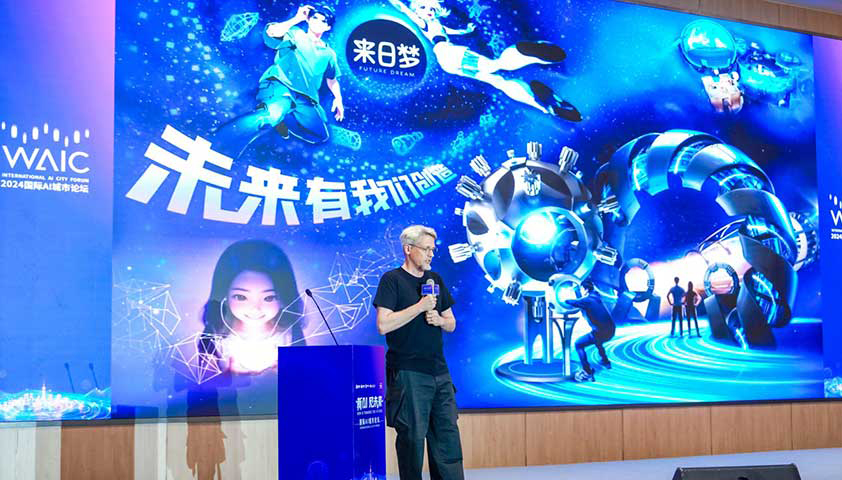 2024.7.13
2024.7.13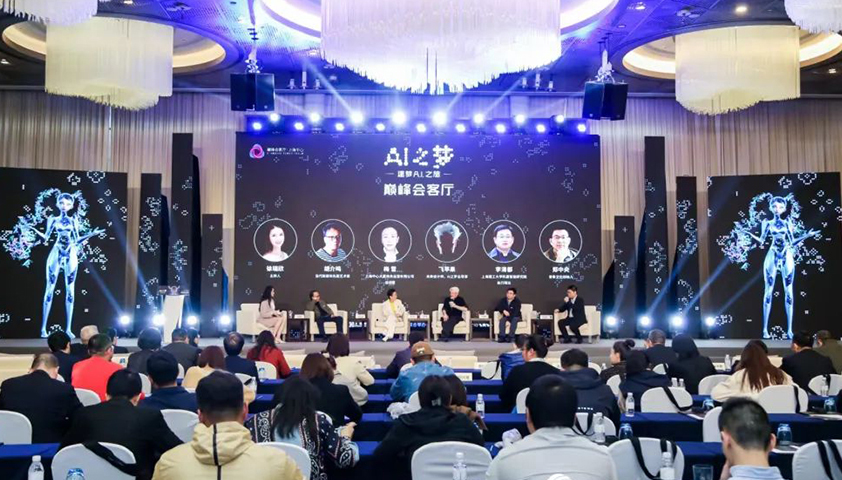 2024.4.12
2024.4.12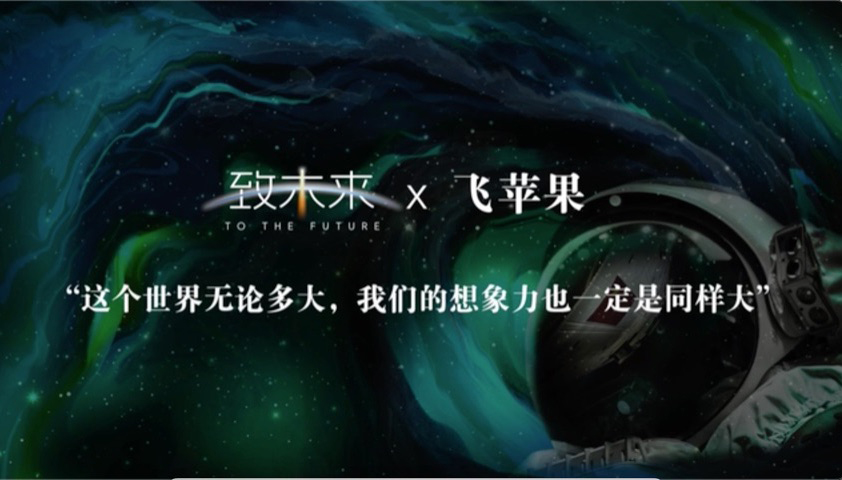 2024.1.4
2024.1.4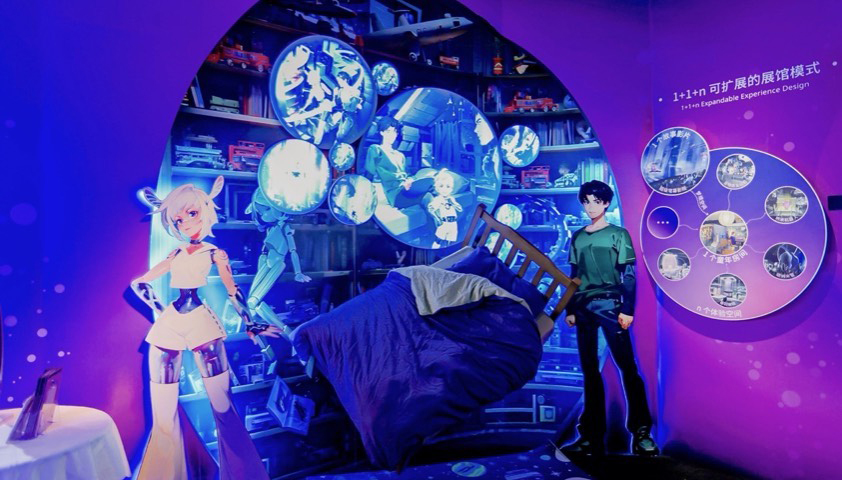 2023.11.7
2023.11.7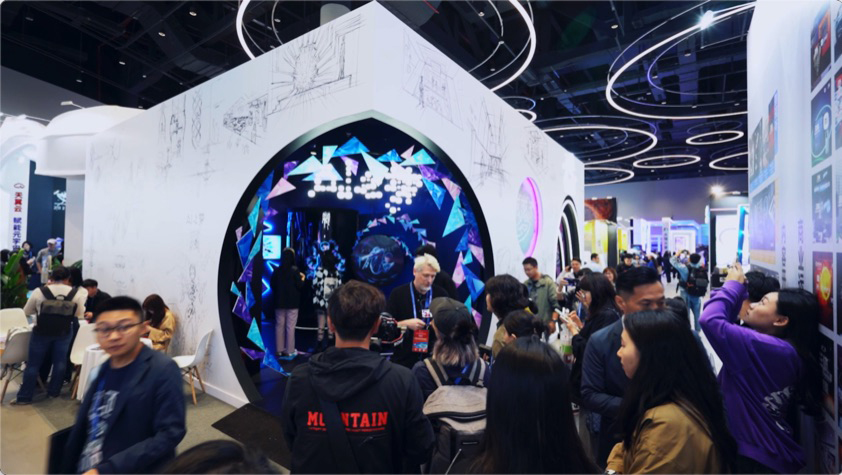 2023.10.21
2023.10.21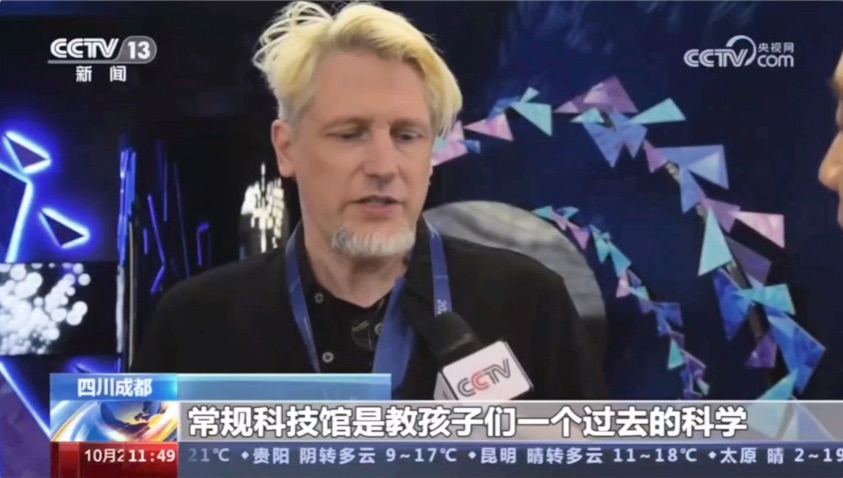 2023.10.23
2023.10.23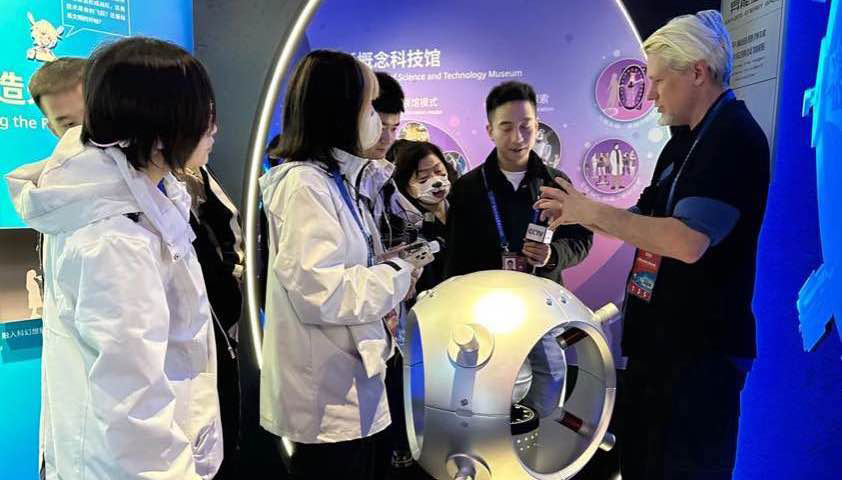 2023.10.19
2023.10.19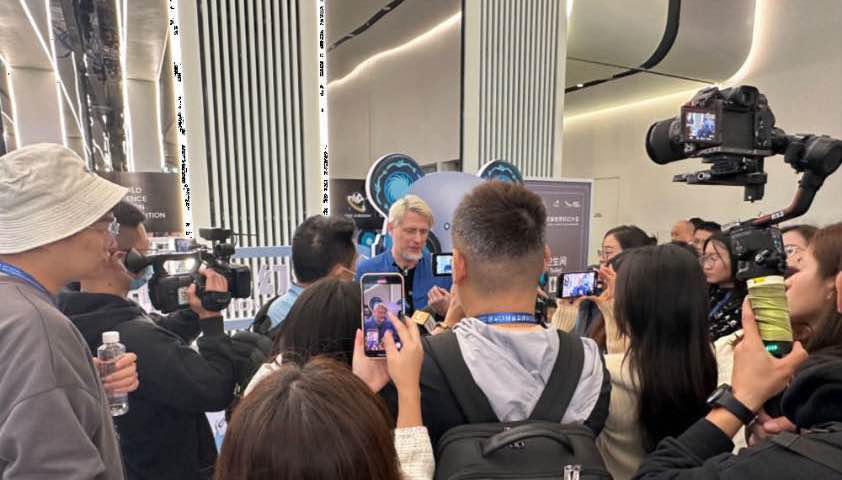 2023.10.18
2023.10.18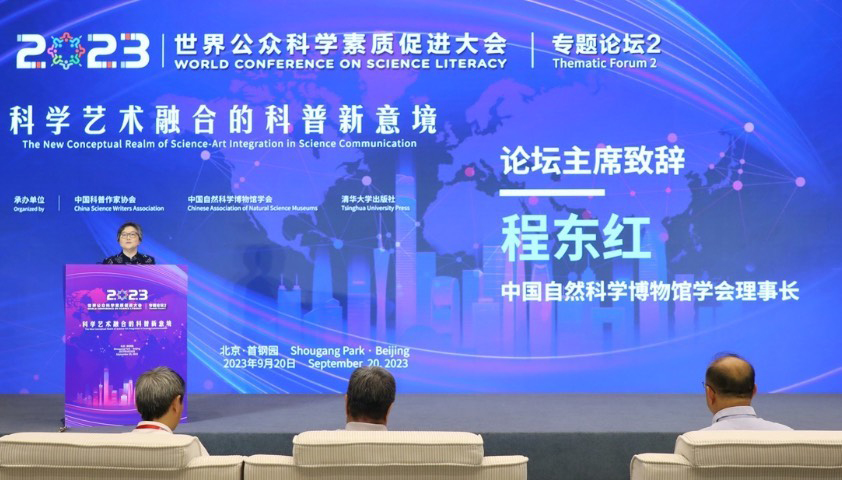 2023.9.22
2023.9.22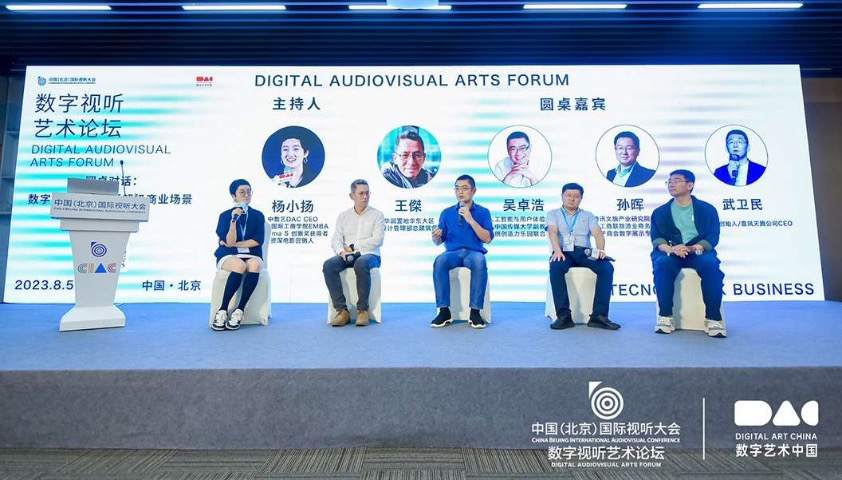 2023.8.8
2023.8.8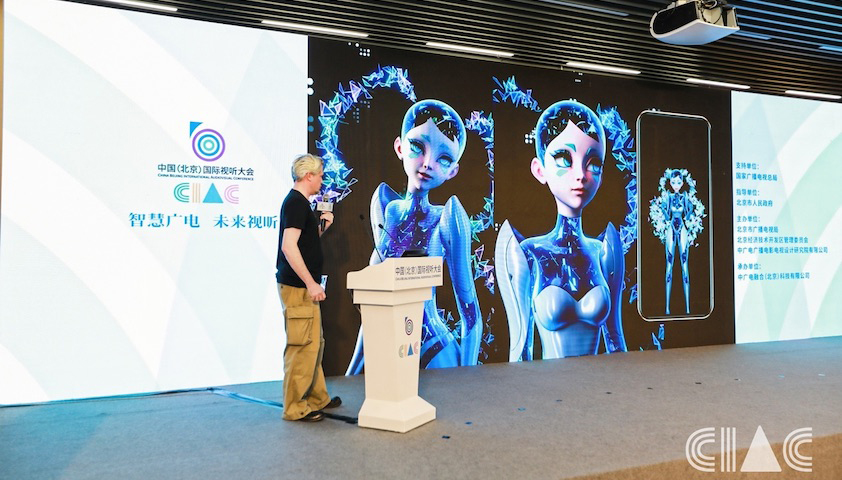 2023.08.04
2023.08.04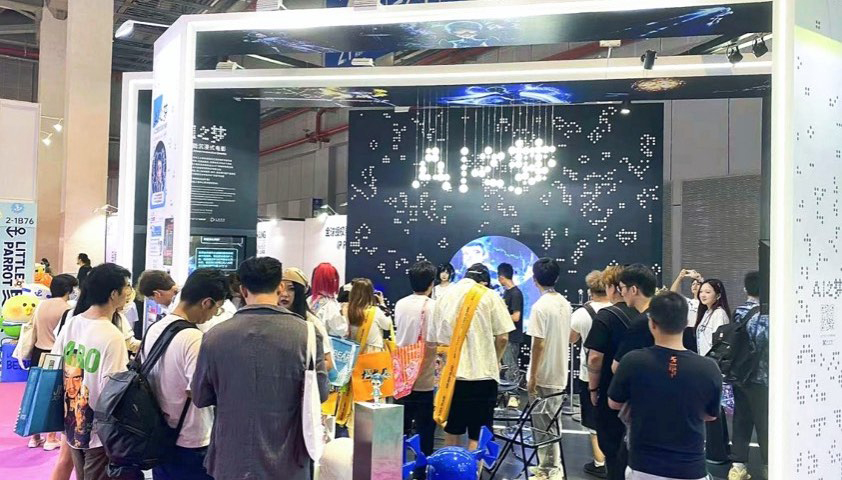 2023.6.30
2023.6.30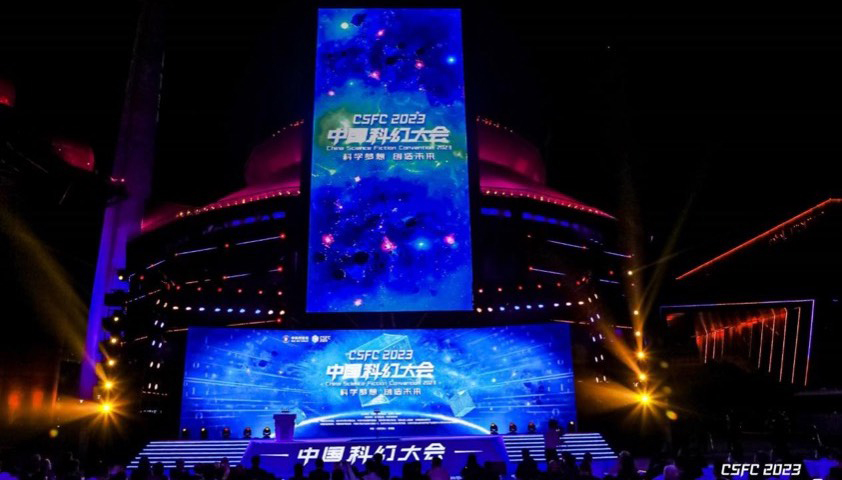 2023.05.30
2023.05.30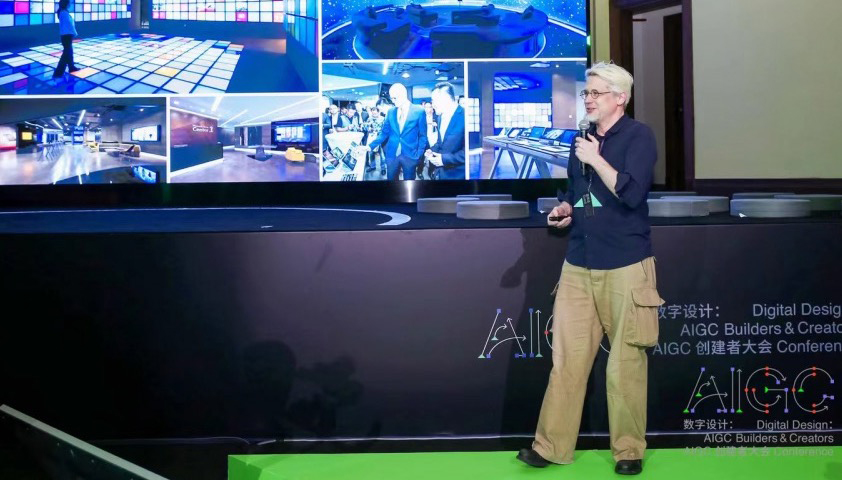 2023.05.07
2023.05.07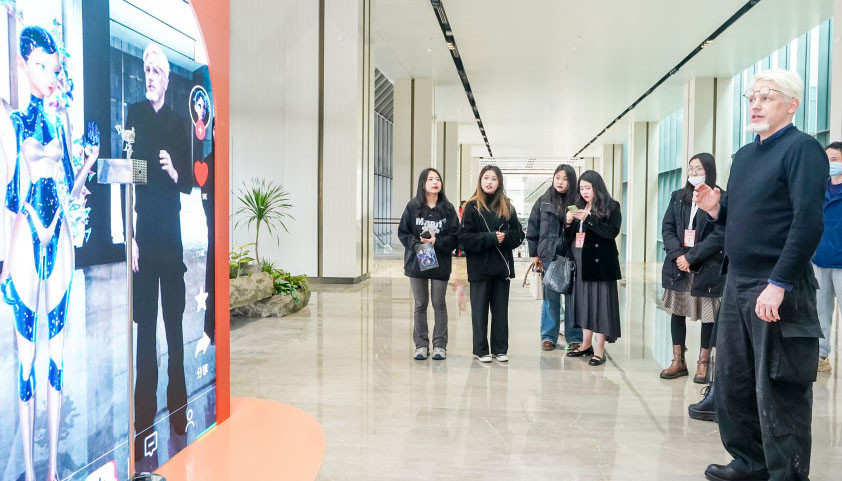 2023.4.03
2023.4.03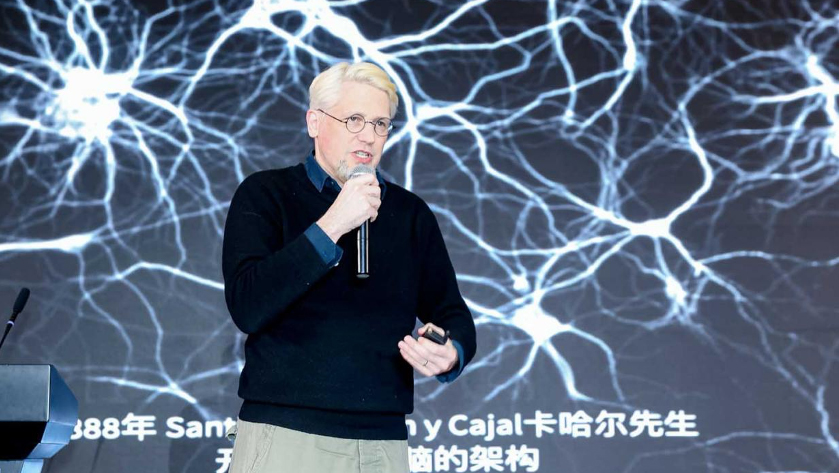 2023.3.7
2023.3.7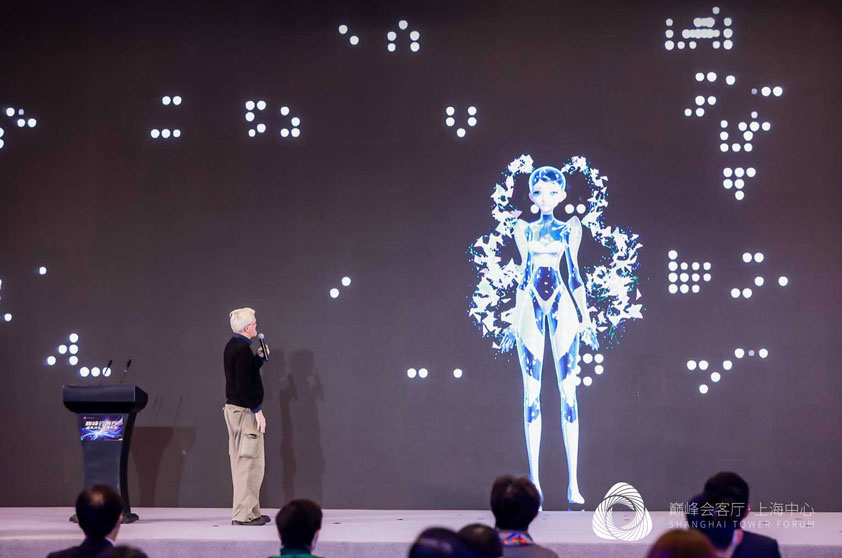 2022.12.16
2022.12.16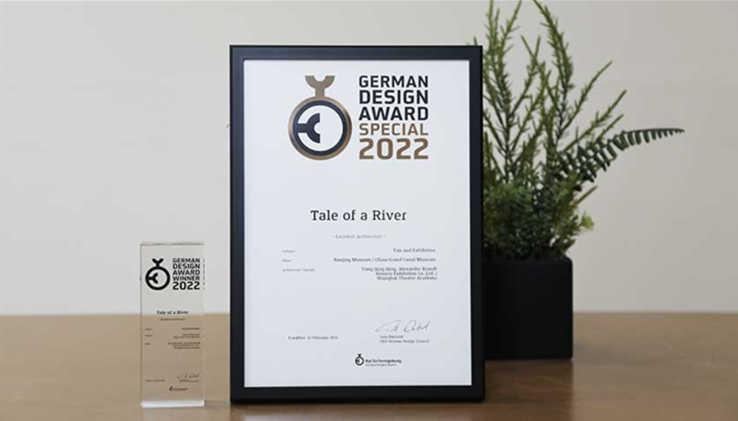 2022.7.1
2022.7.1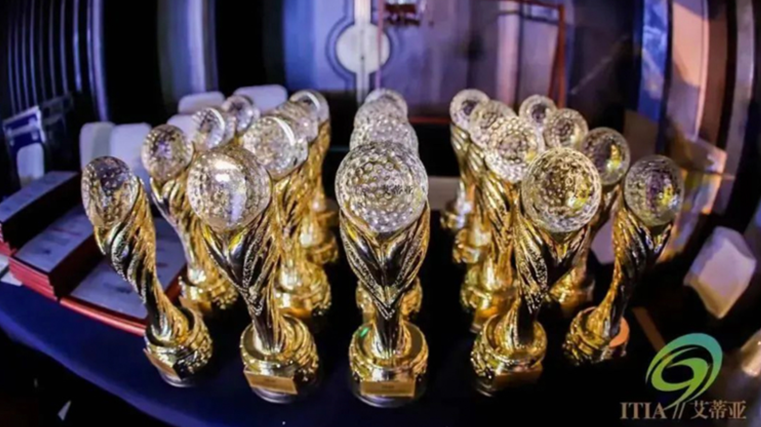 2022.5.16
2022.5.16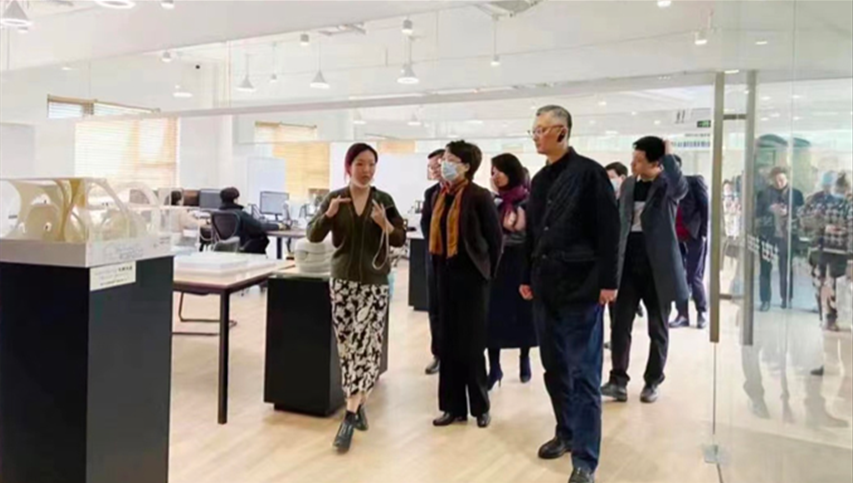 2022.3.2
2022.3.2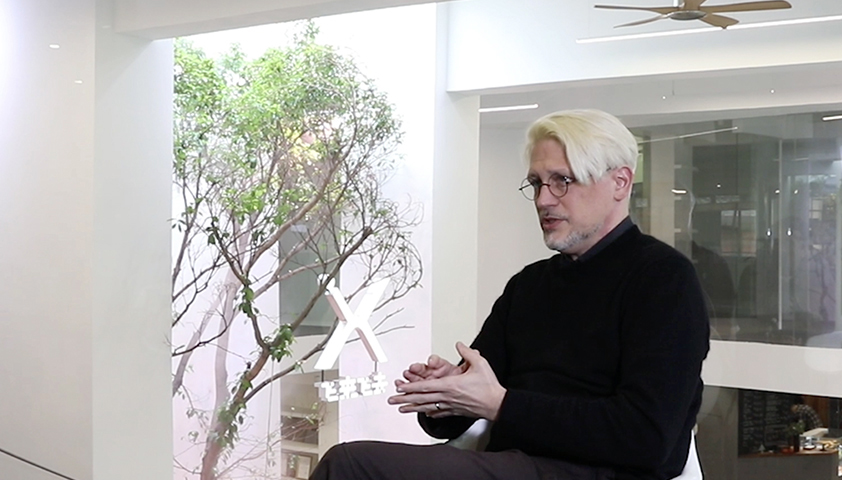 2022.2.25
2022.2.25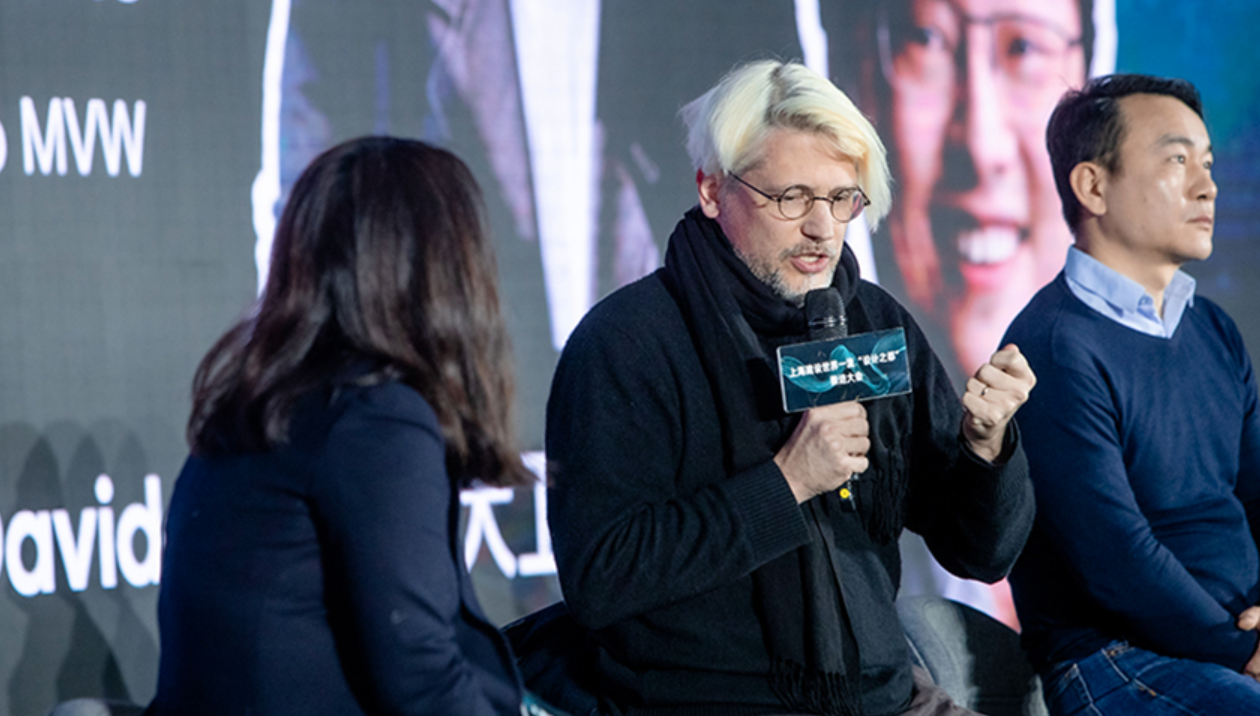 2022.2.17
2022.2.17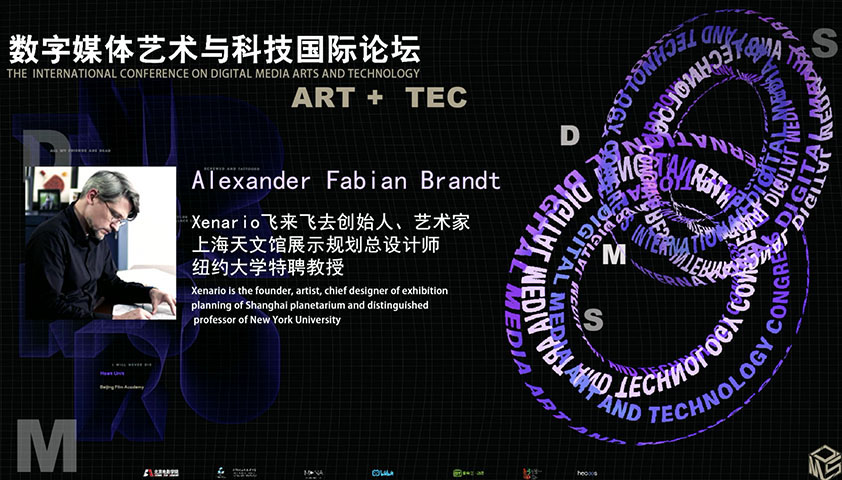 2021.12.19
2021.12.19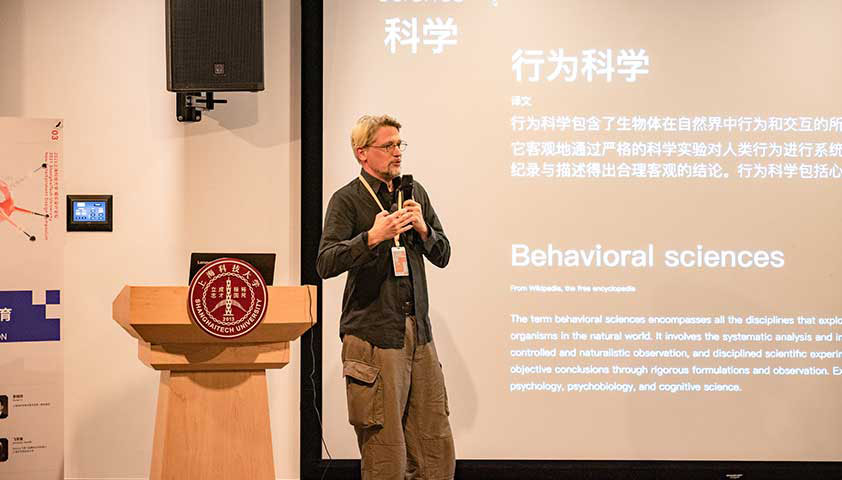 2021.11.13
2021.11.13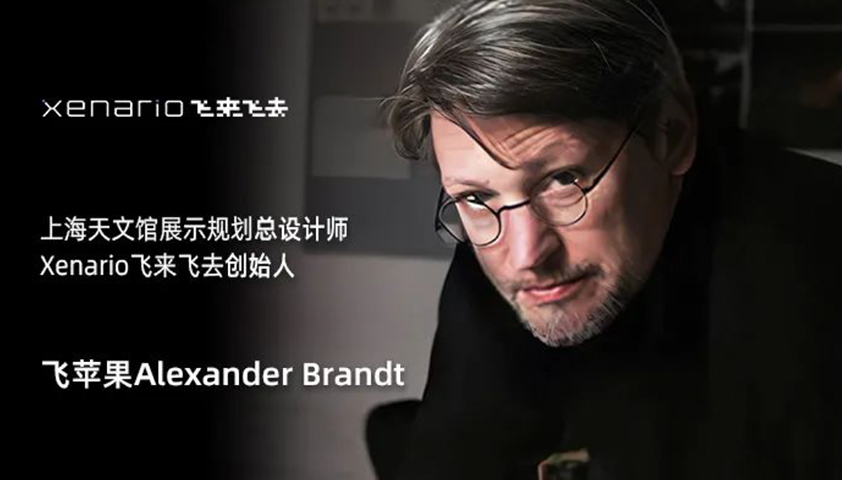 2021.12.4
2021.12.4 2021.10.23
2021.10.23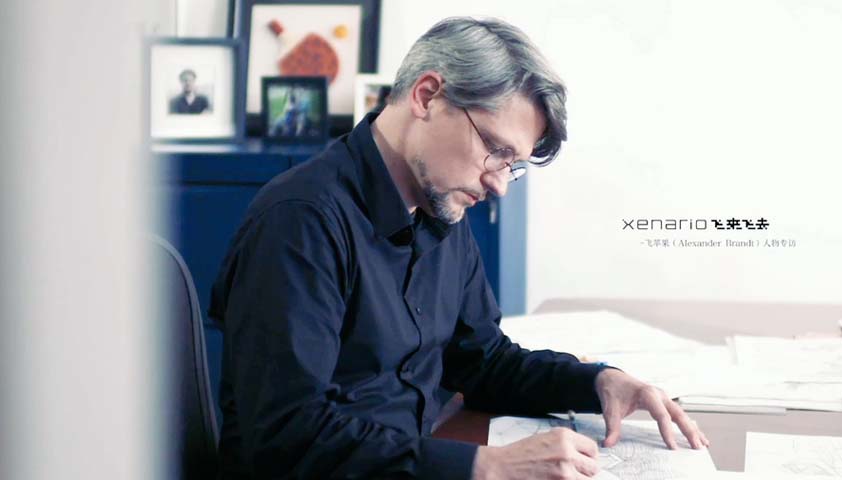 2021.10.18
2021.10.18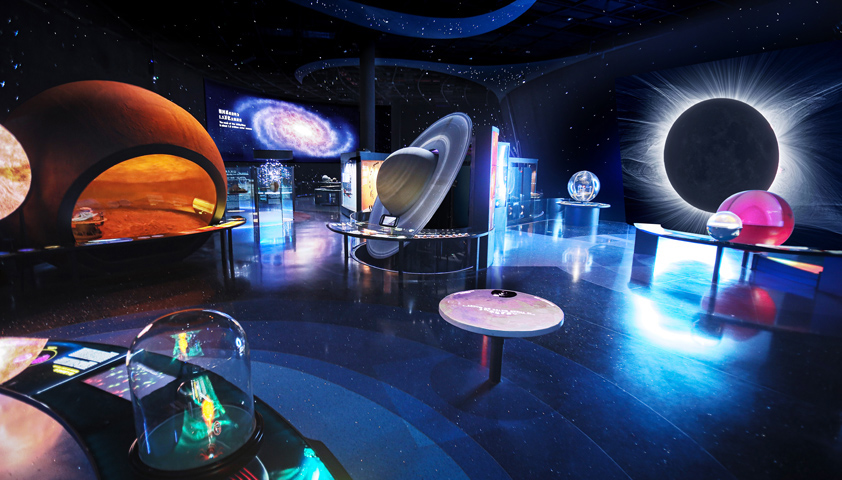 2021.7.17
2021.7.17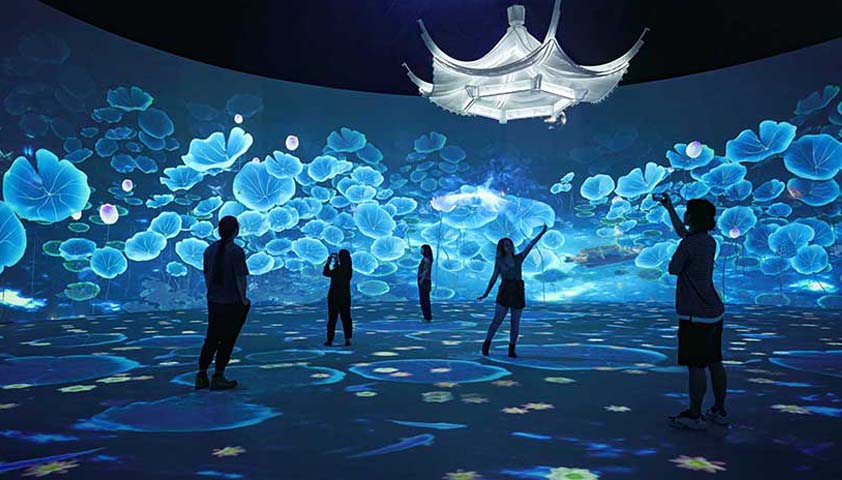 2021.6.16
2021.6.16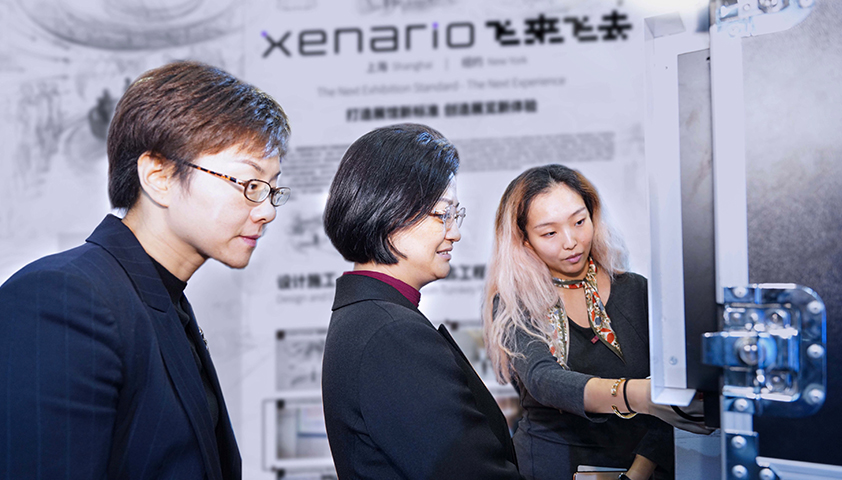 2020.11.19
2020.11.19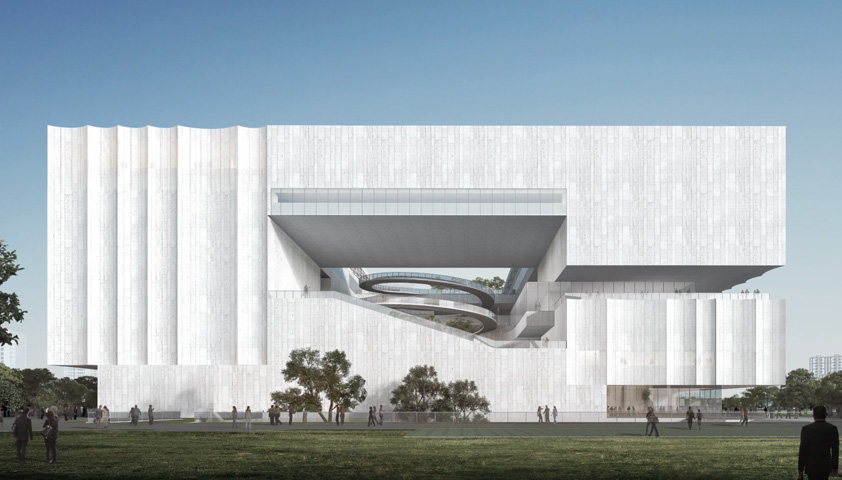 2020.8.31
2020.8.31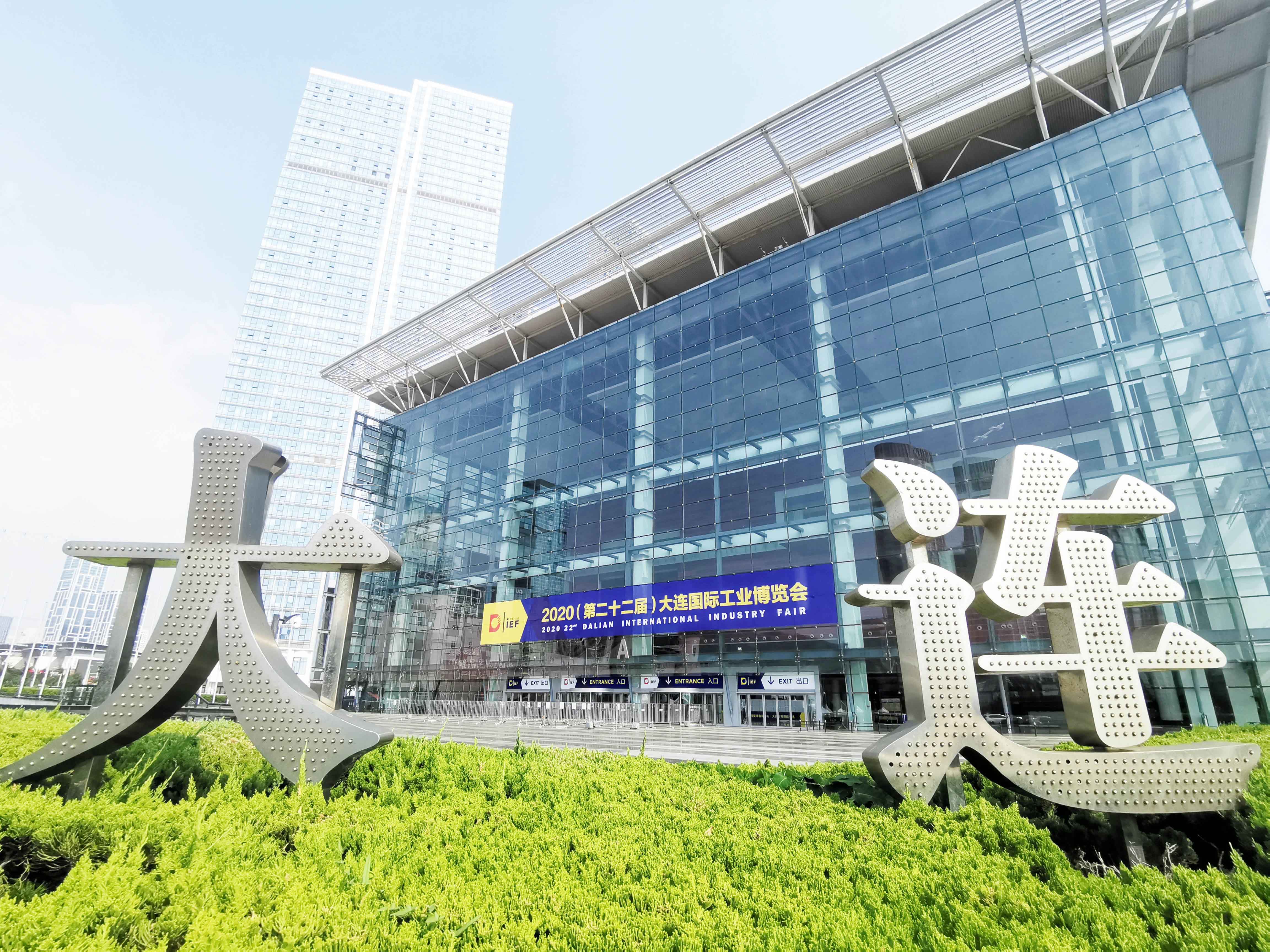 2020.10.10
2020.10.10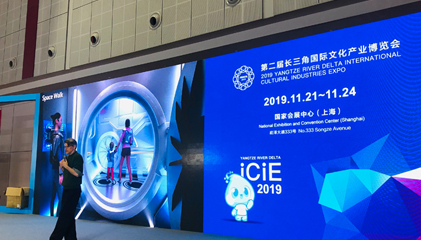 2019.11.21
2019.11.21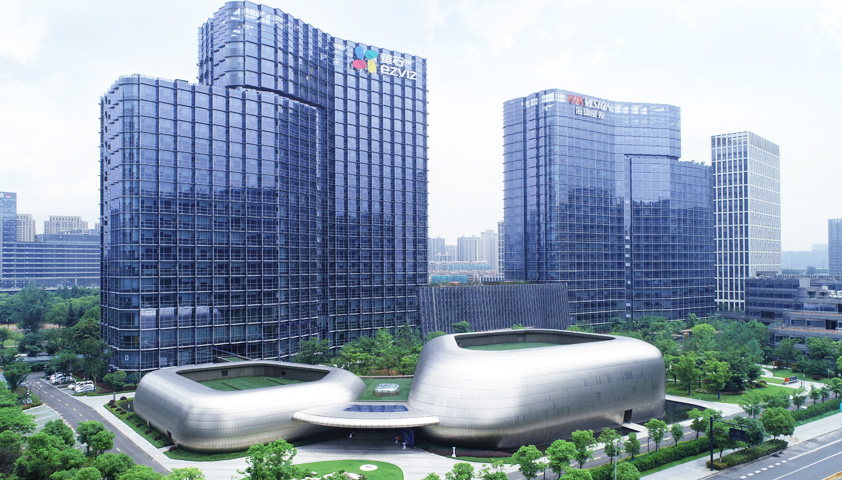 2020.5.16
2020.5.16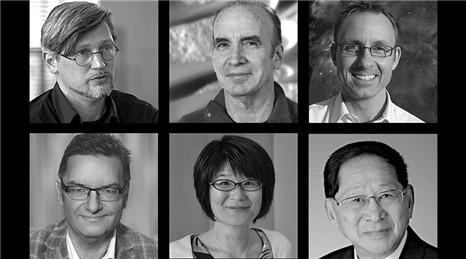 2018. 12. 22
2018. 12. 22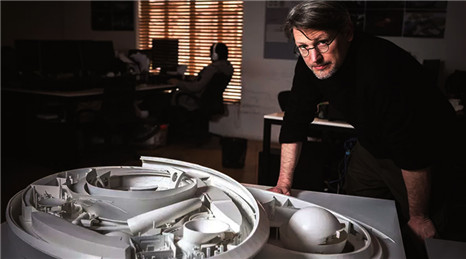 2019. 5. 28
2019. 5. 28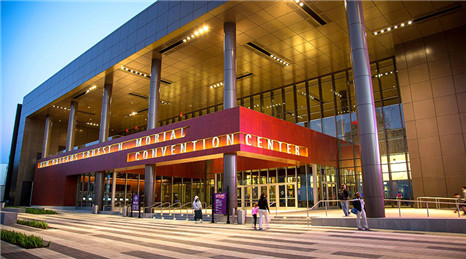 2019. 5. 20
2019. 5. 20 2018 . 12 . 13
2018 . 12 . 13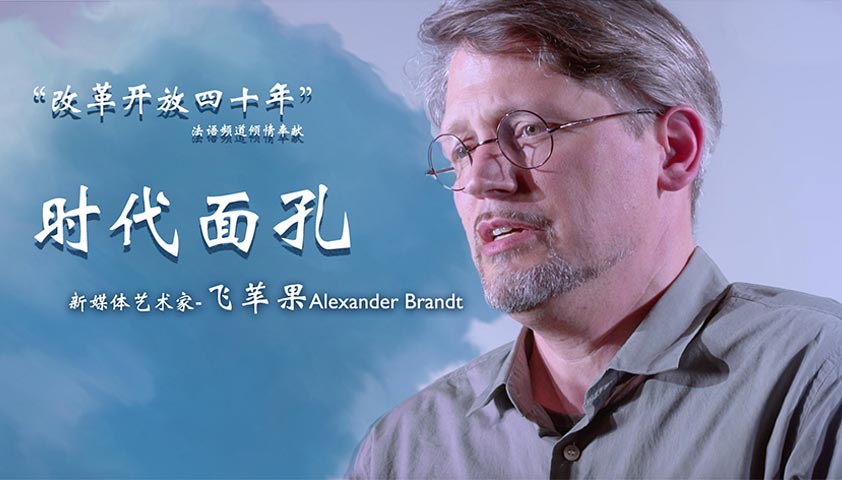 2018 . 11 . 28
2018 . 11 . 28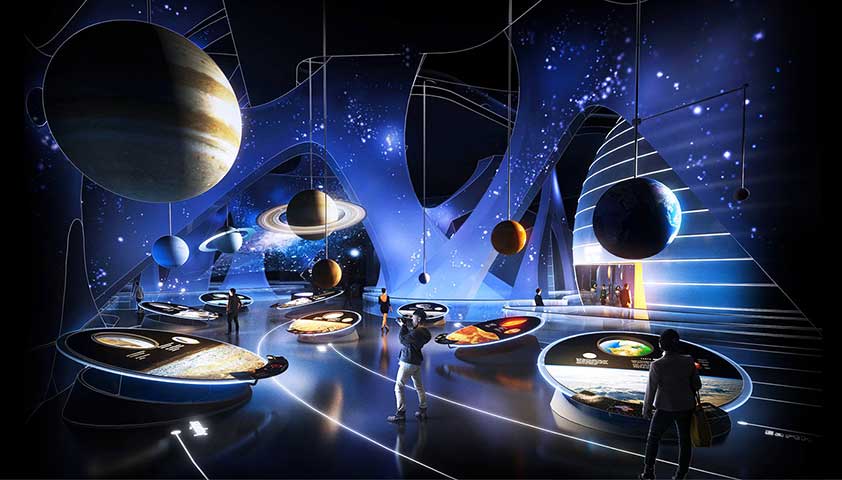 2018 . 9 . 20
2018 . 9 . 20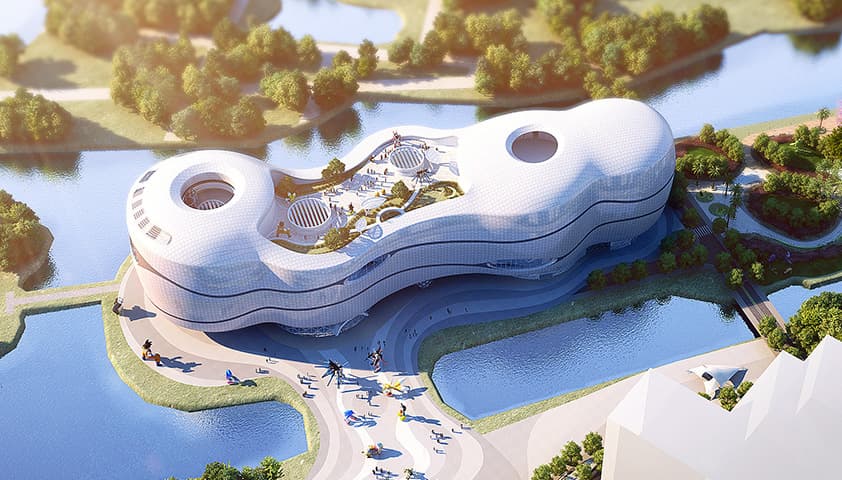 2018 . 06 . 10
2018 . 06 . 10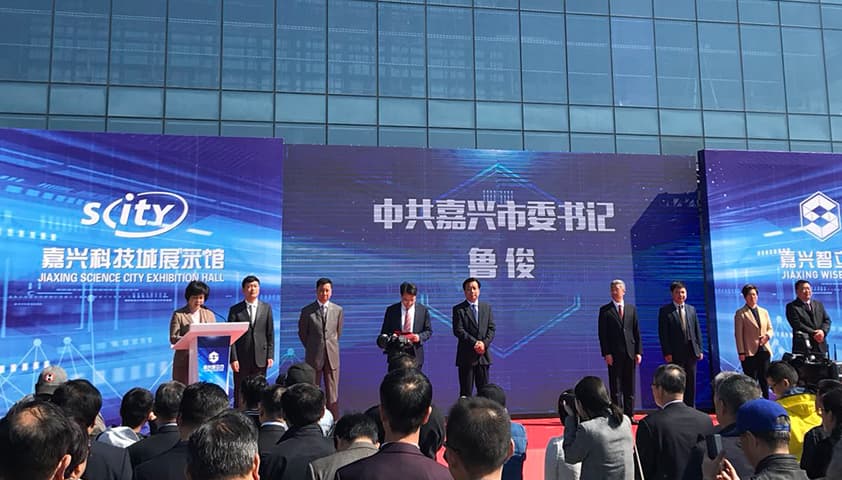 2018 . 04 . 08
2018 . 04 . 08 2017 . 10 . 20
2017 . 10 . 20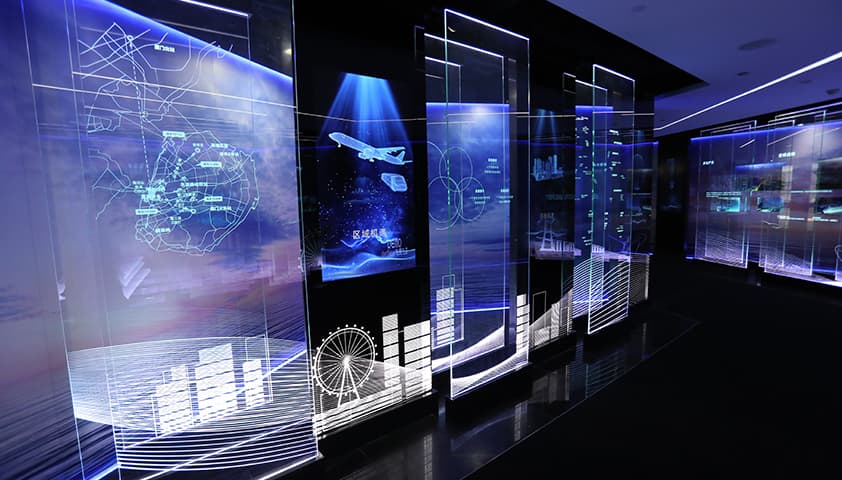 2017 . 09 . 30
2017 . 09 . 30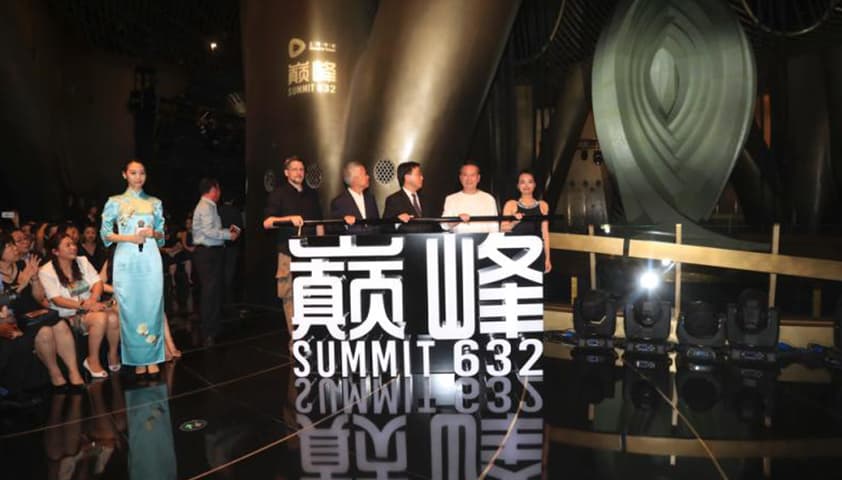 2017 . 08 . 29
2017 . 08 . 29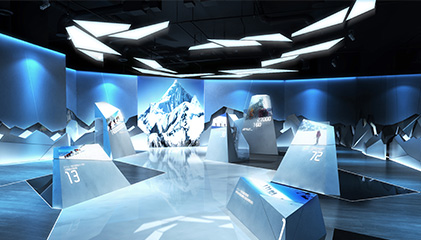 2016 . 05 . 31
2016 . 05 . 31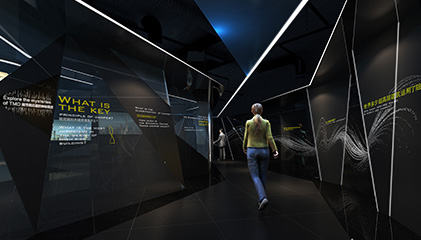 2016 . 03 . 20
2016 . 03 . 20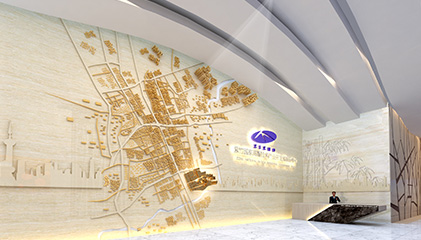 2015 . 11 . 12
2015 . 11 . 12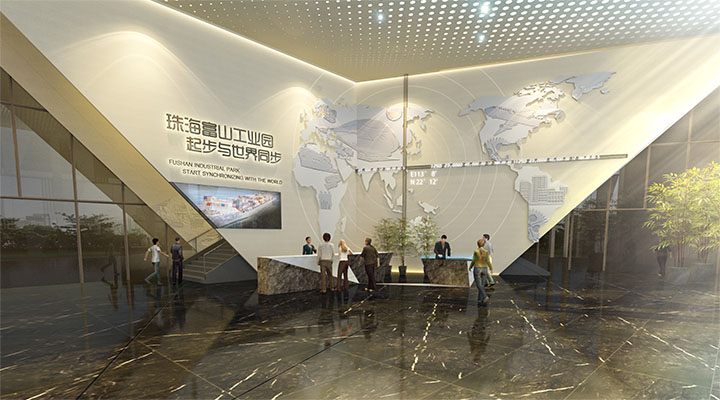 2015 . 09 . 25
2015 . 09 . 25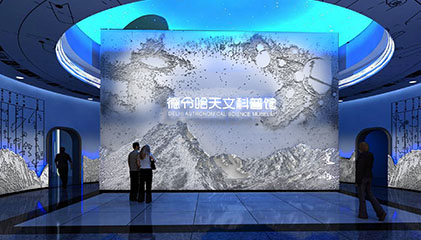 2015 . 03 . 15
2015 . 03 . 15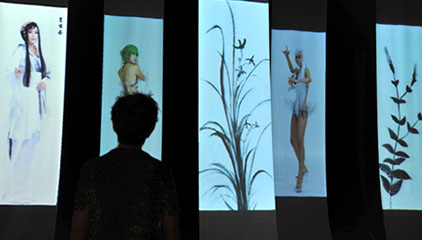 2011 . 05 . 22
2011 . 05 . 22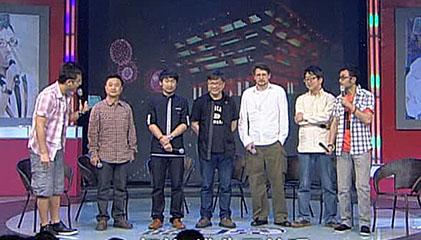 2011 . 04 . 12
2011 . 04 . 12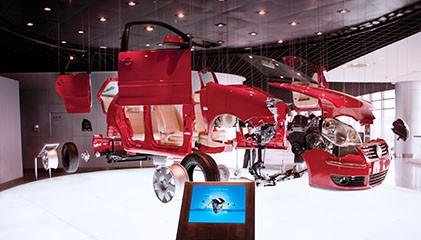 2010 . 05 . 22
2010 . 05 . 22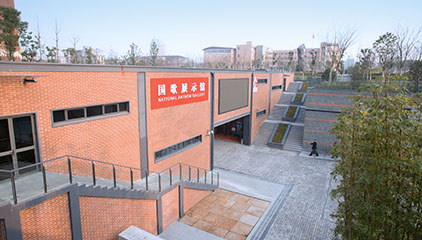 2009 . 10 . 11
2009 . 10 . 11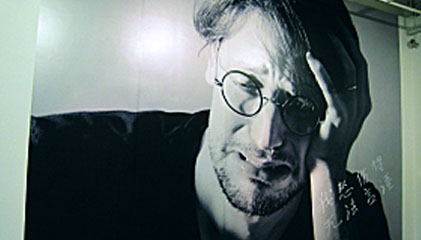 2009 . 07 . 25
2009 . 07 . 25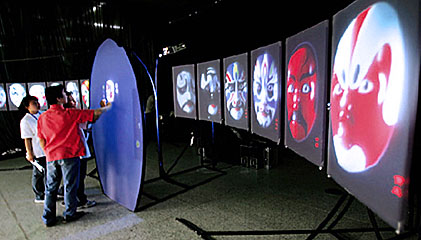 2007 . 05 . 09
2007 . 05 . 09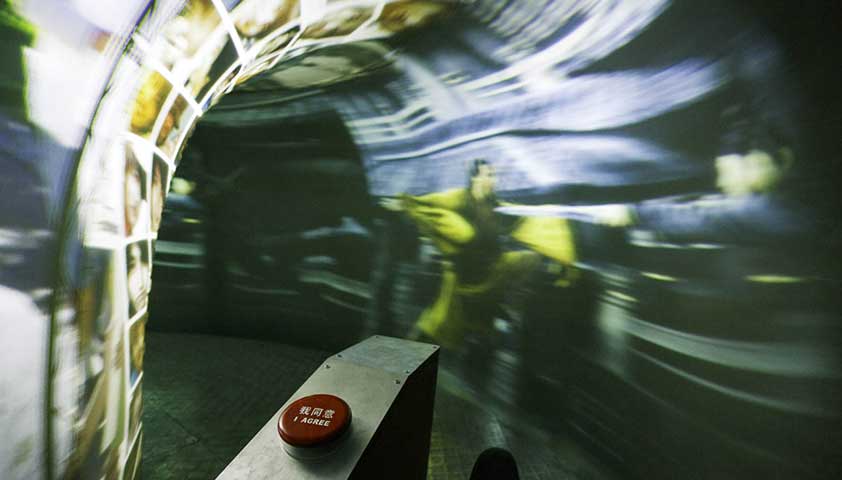 2007 . 03 . 28
2007 . 03 . 28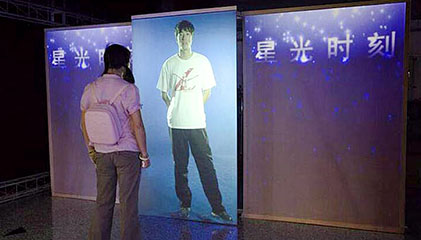 2006 . 05 . 28
2006 . 05 . 28 2006 . 05 . 20
2006 . 05 . 20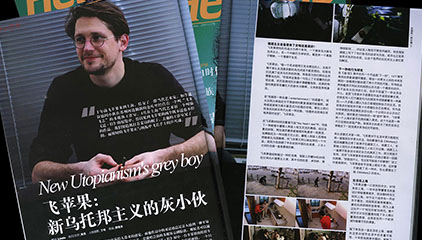 2005 . 10 . 19
2005 . 10 . 19




